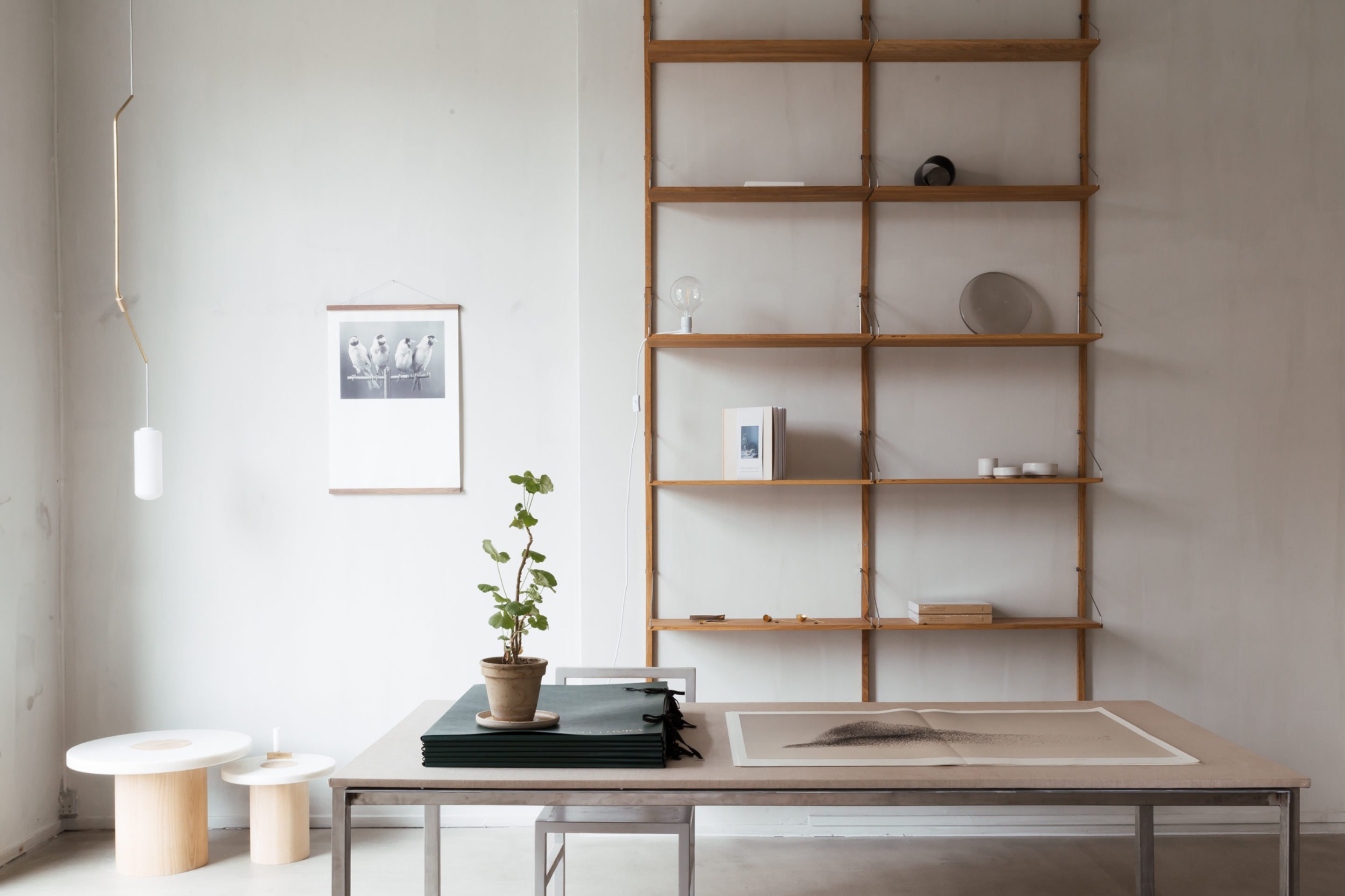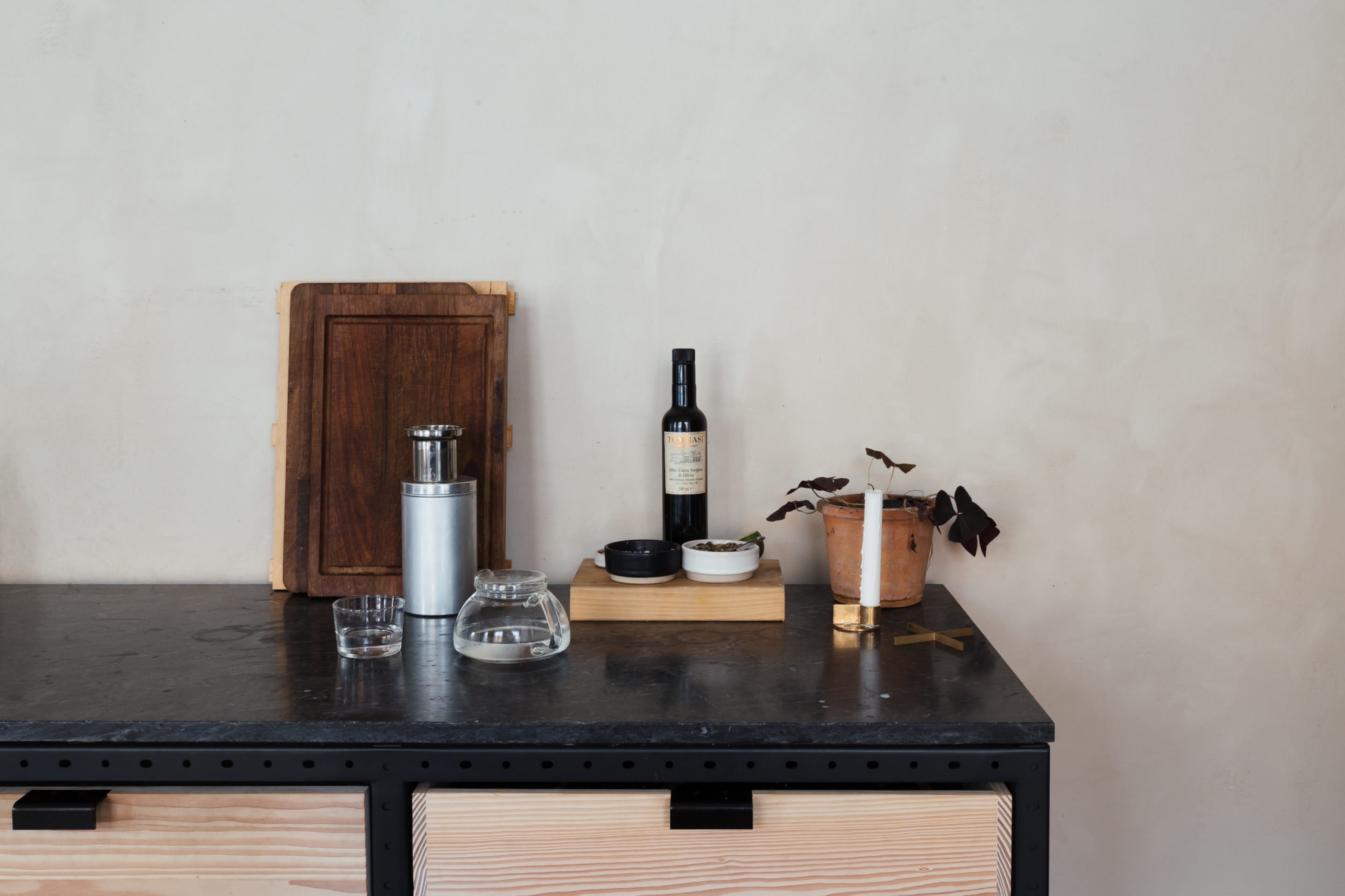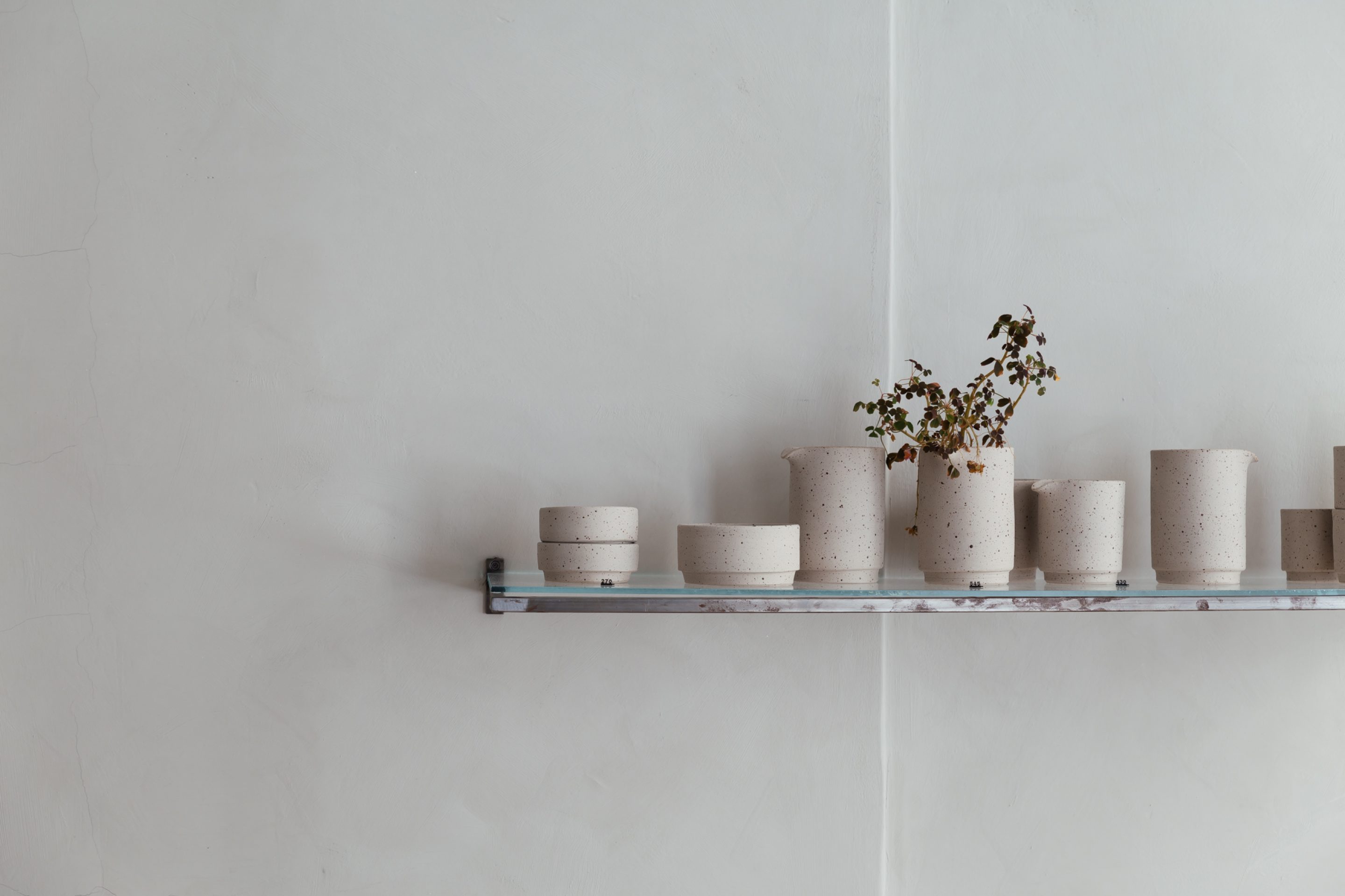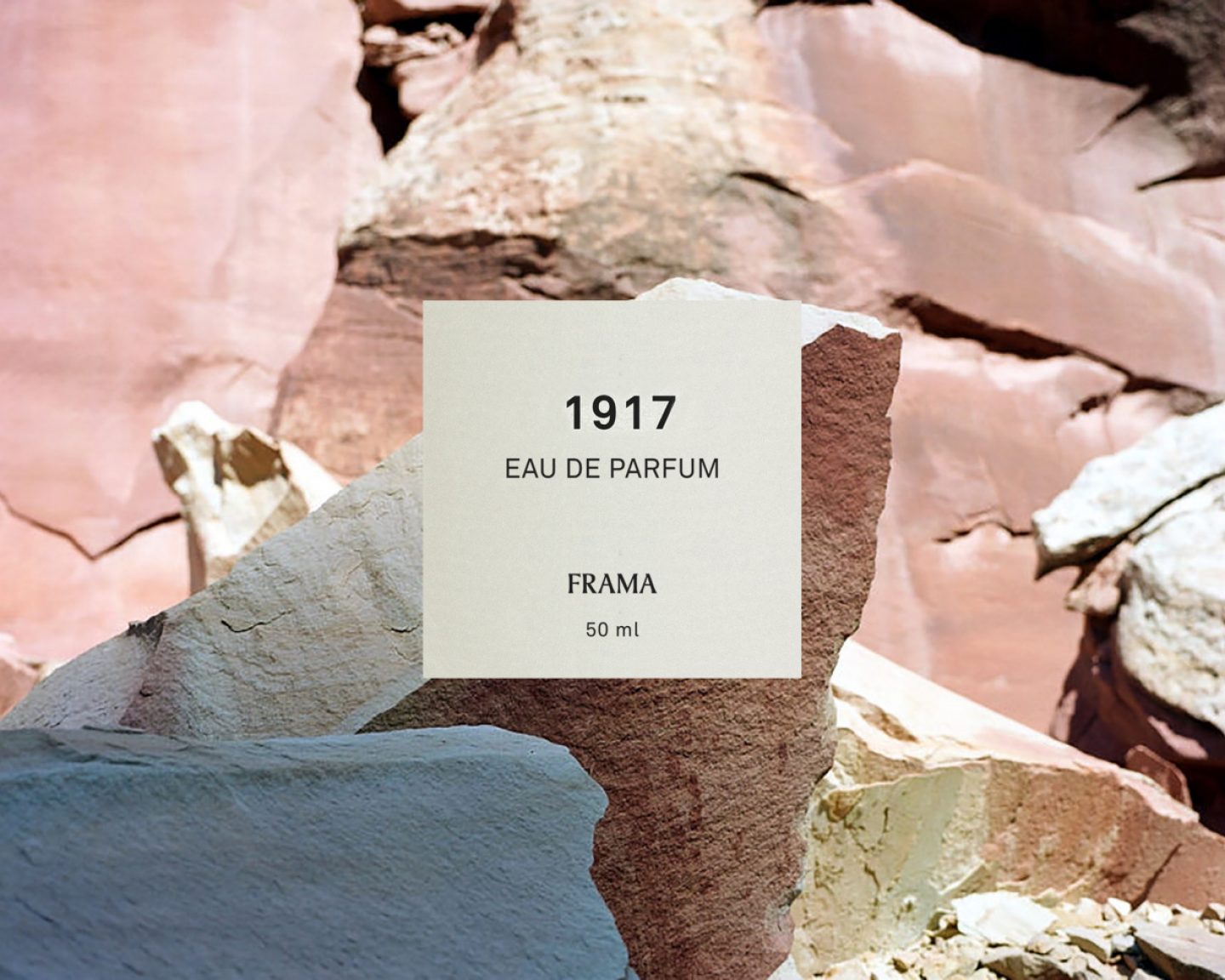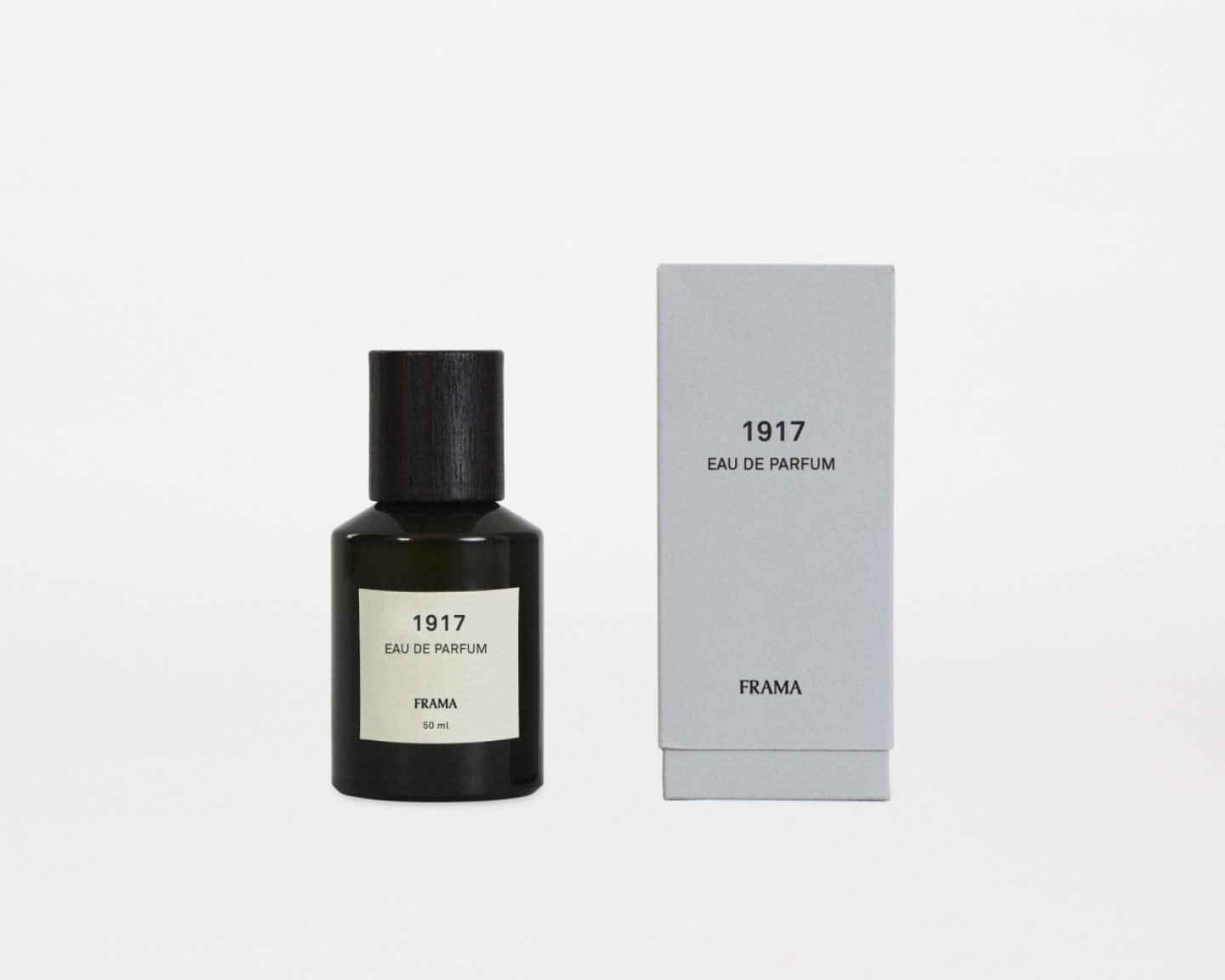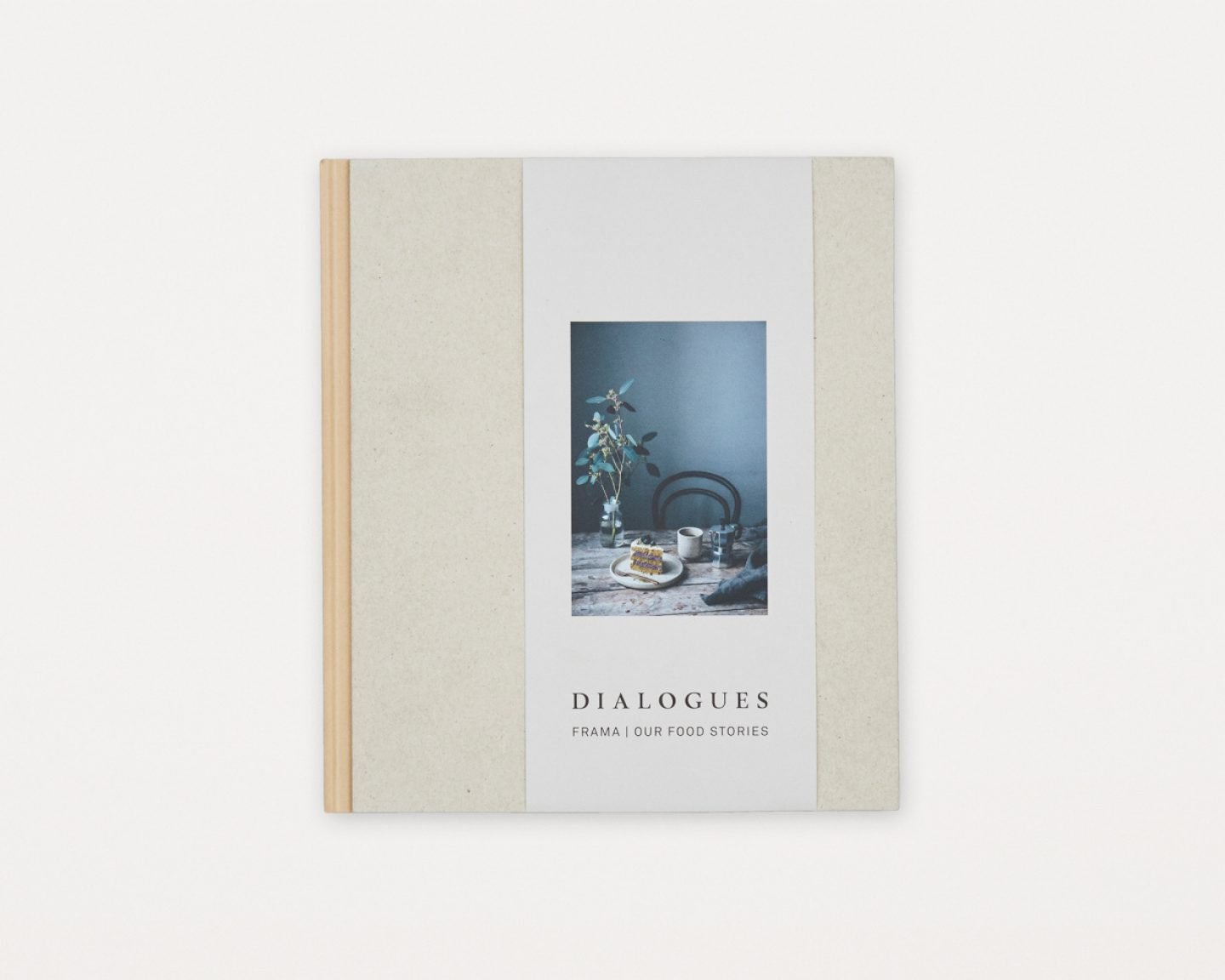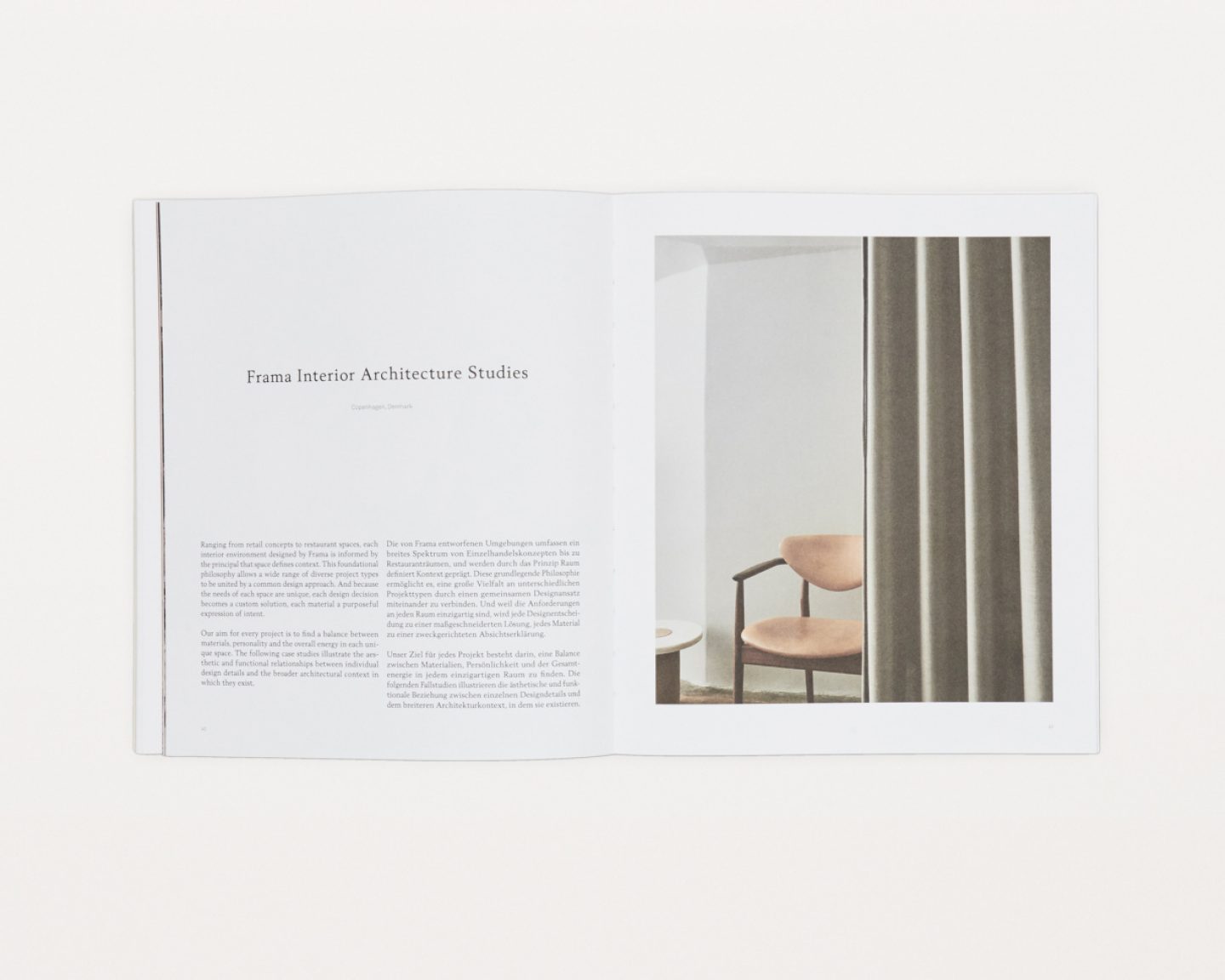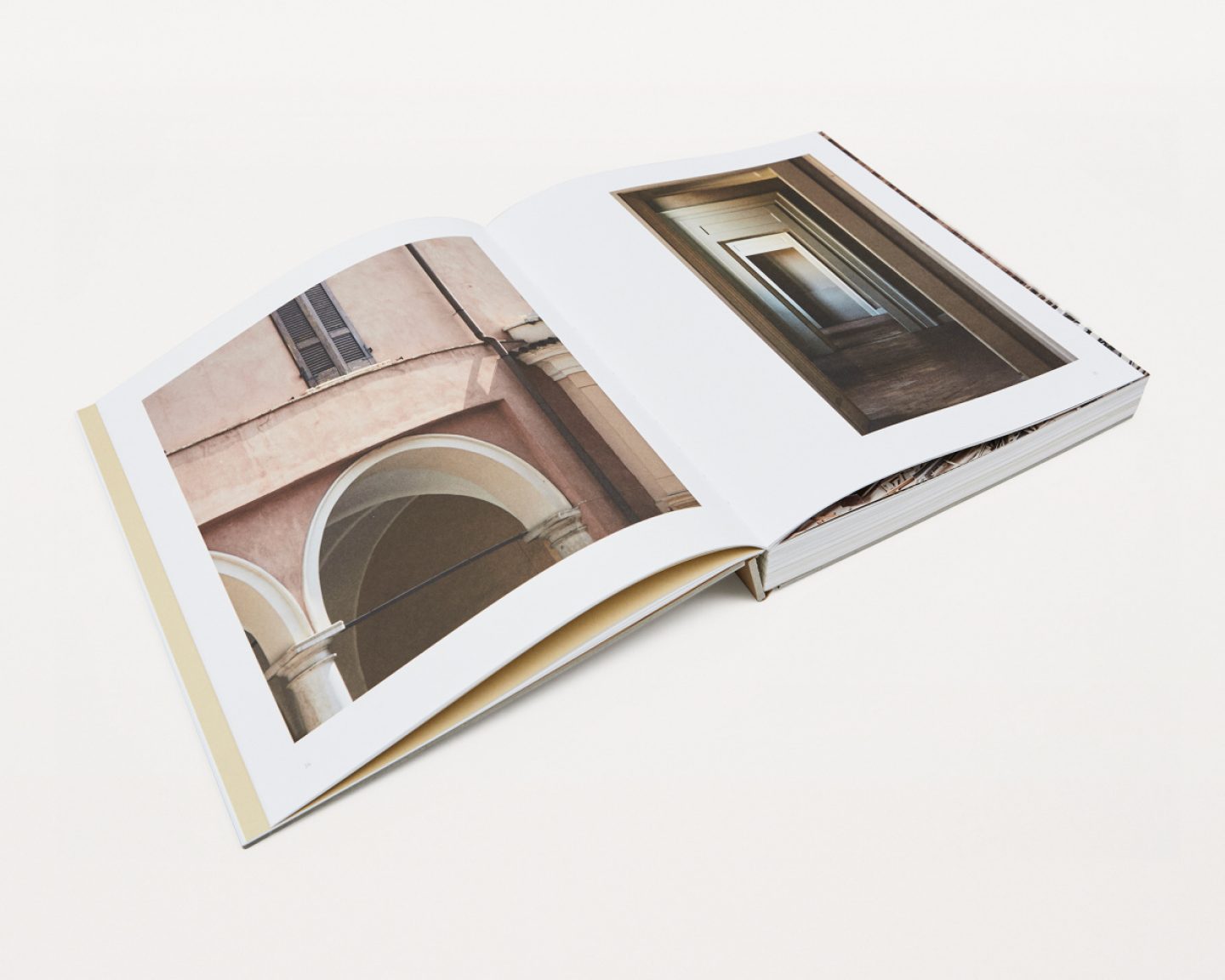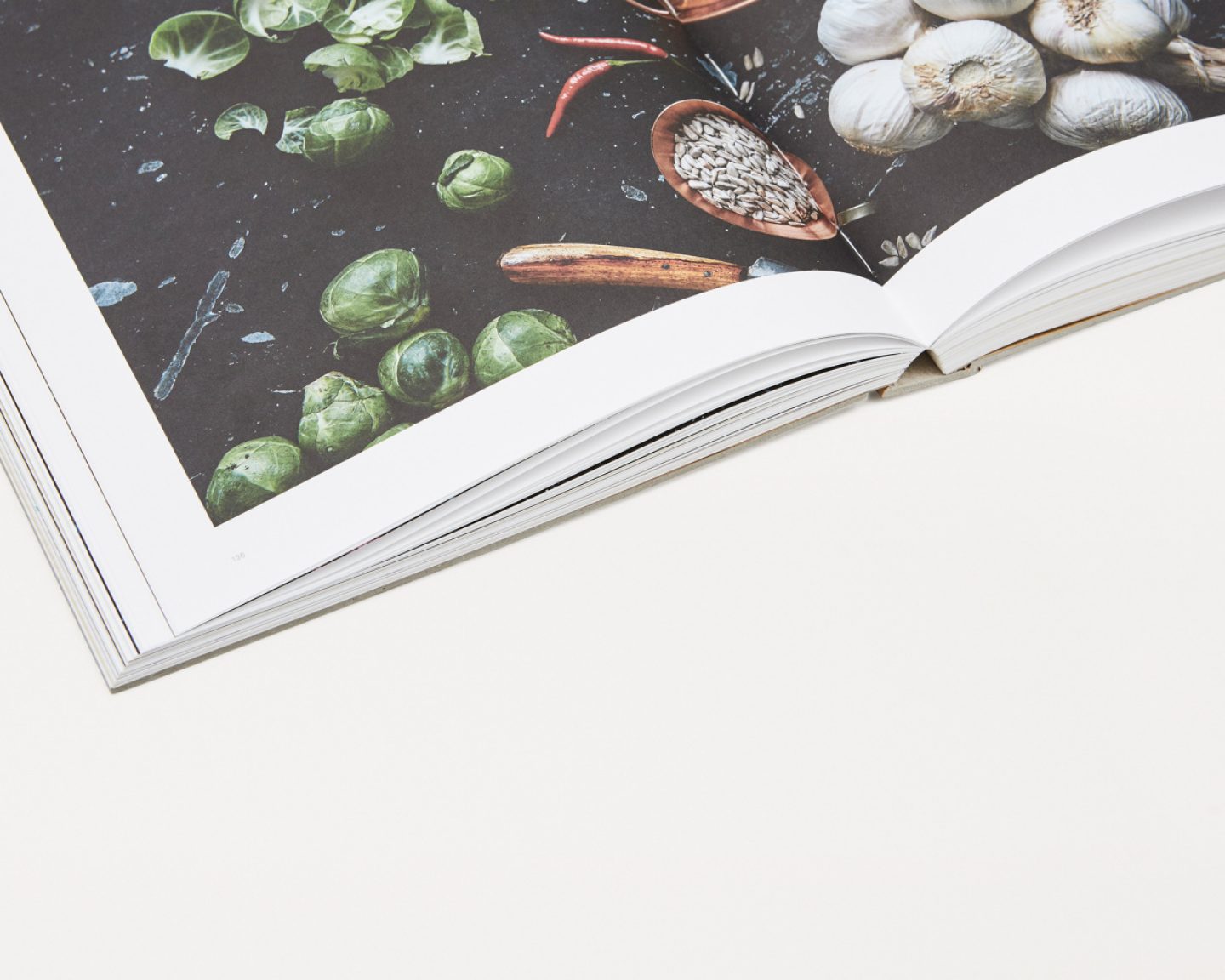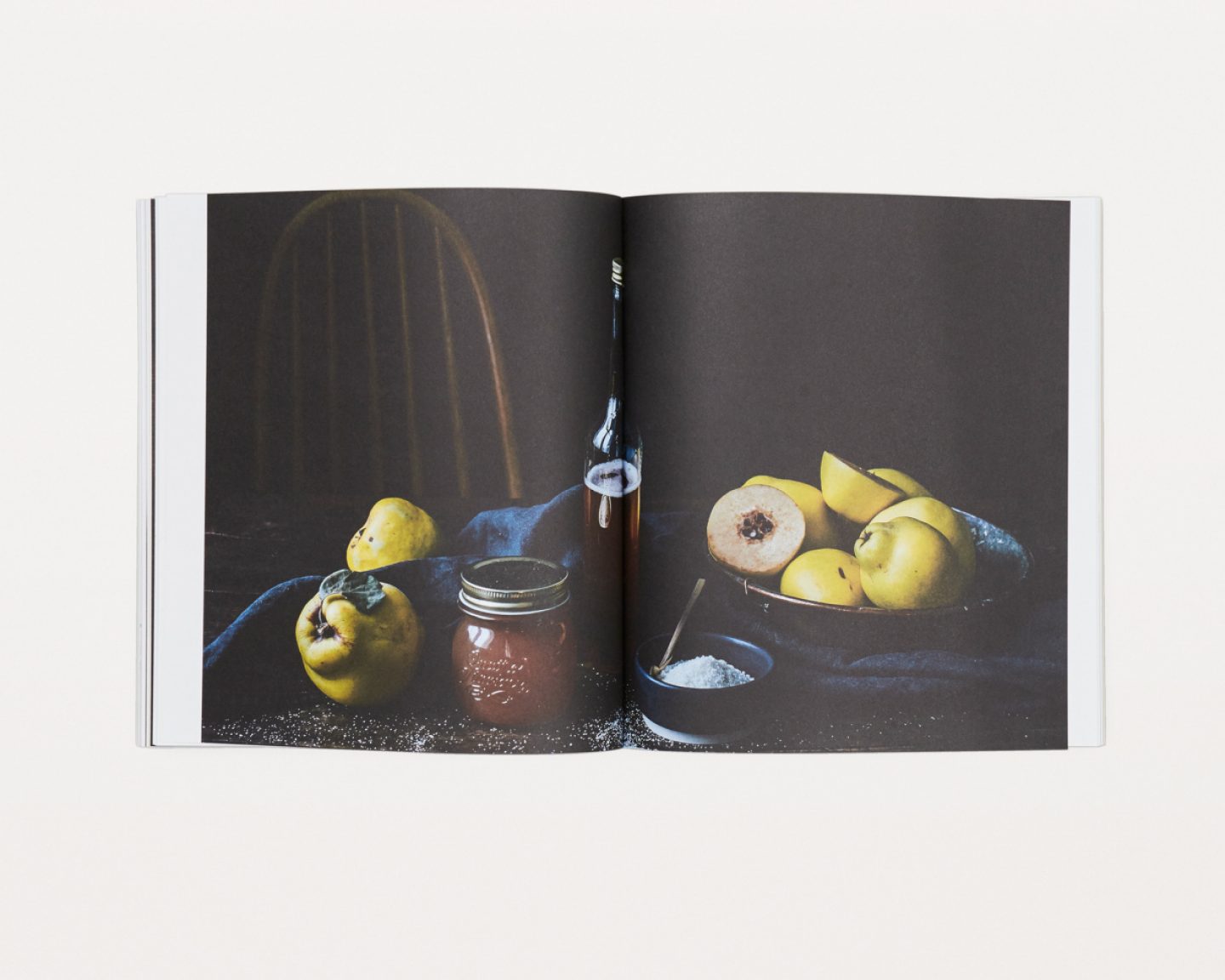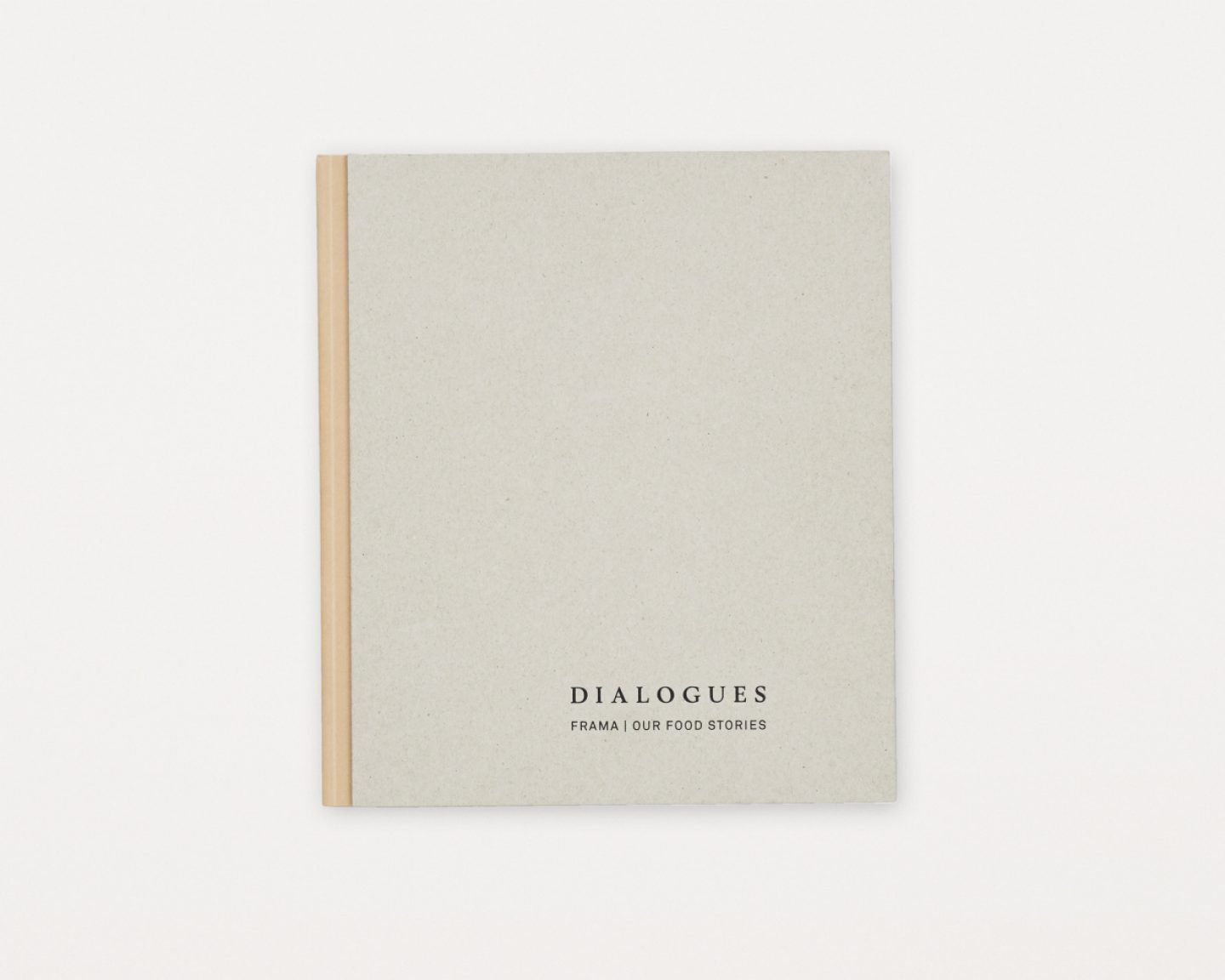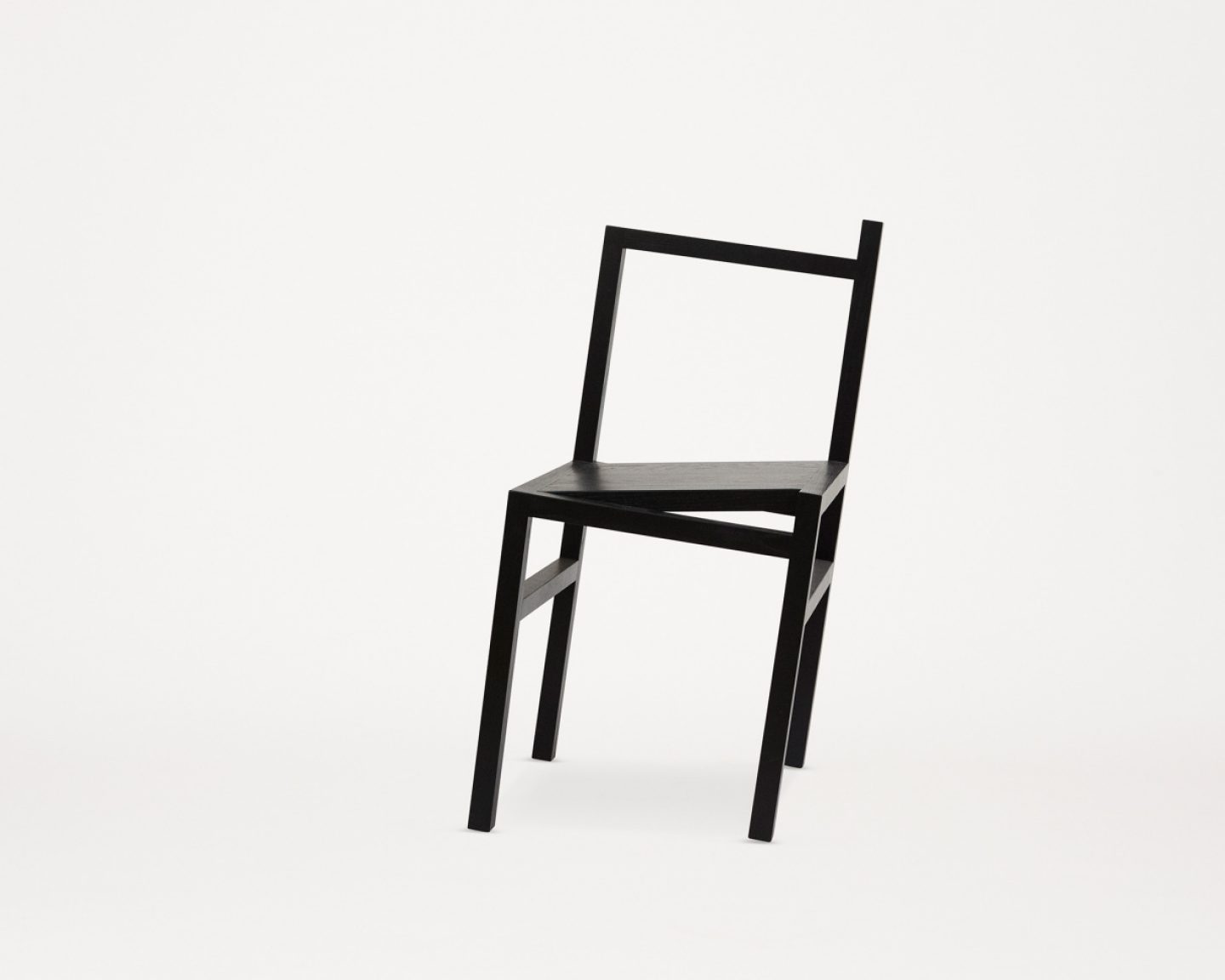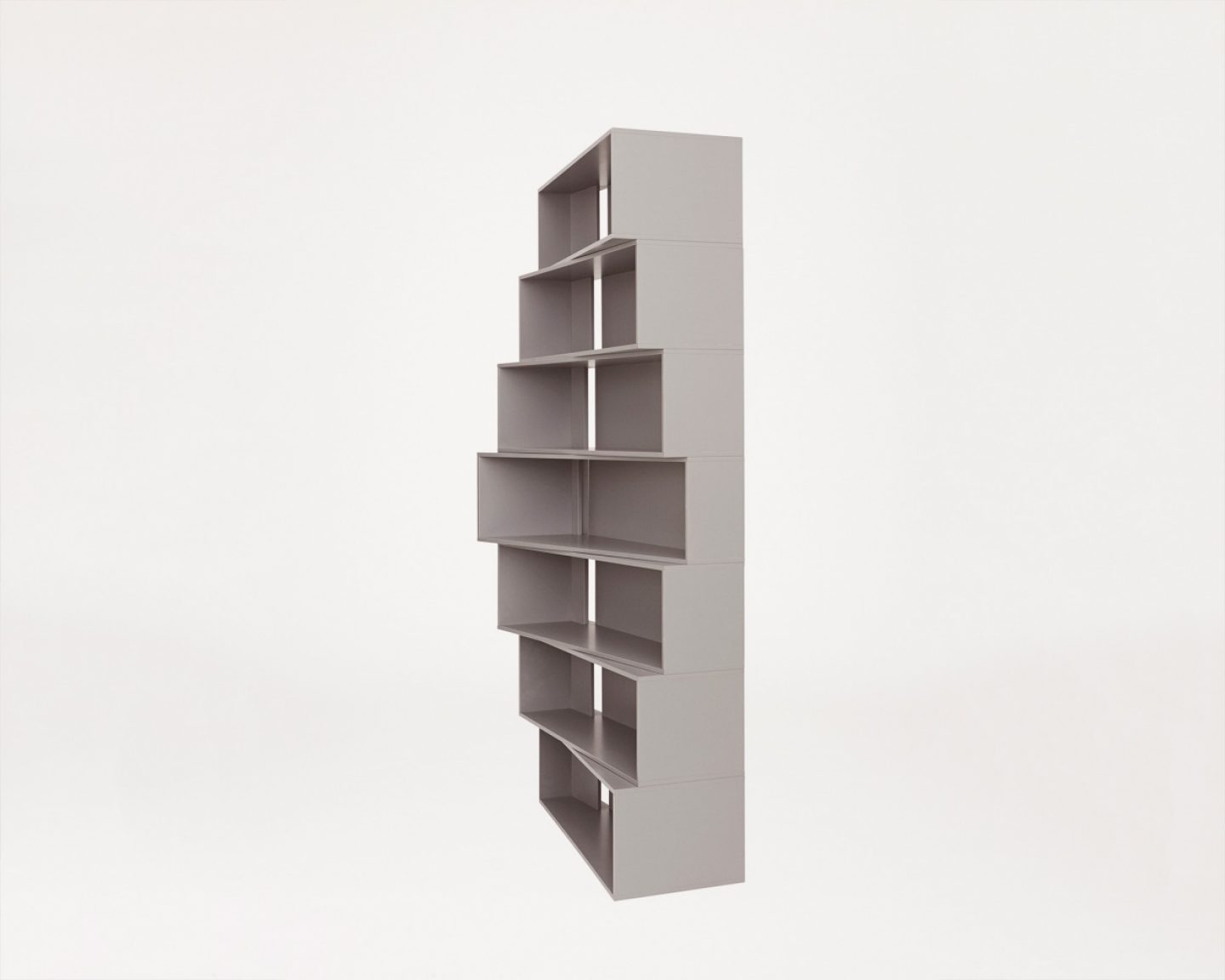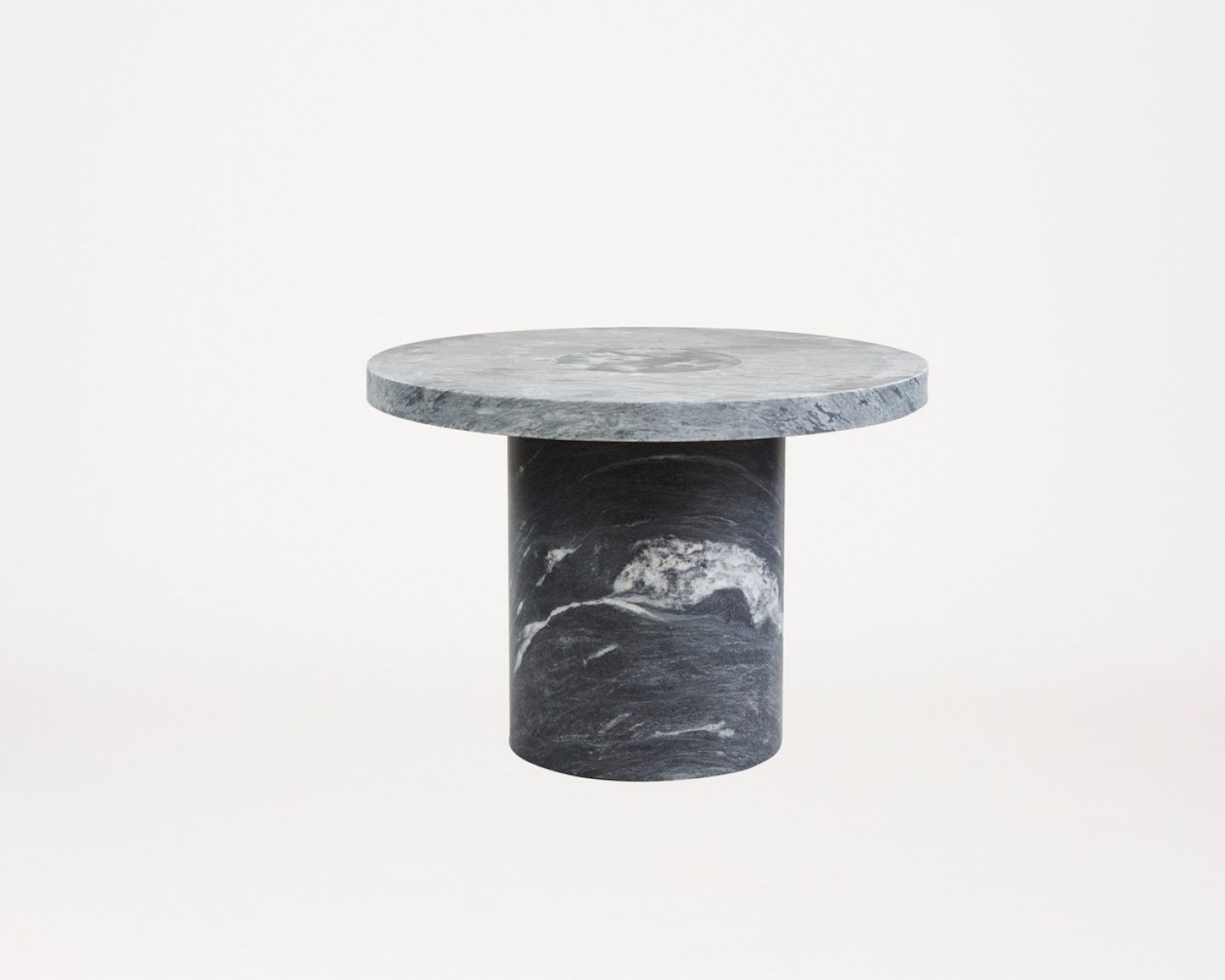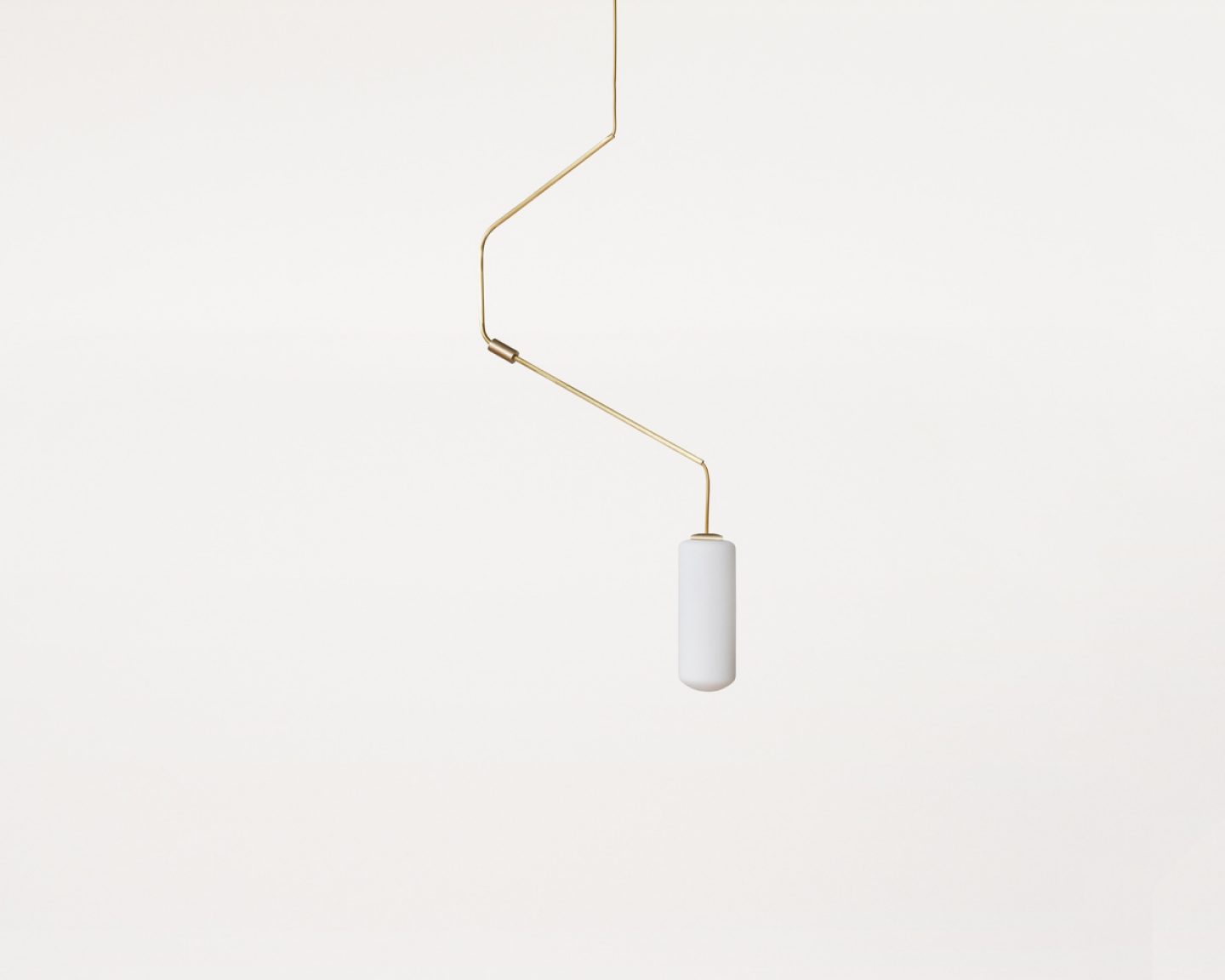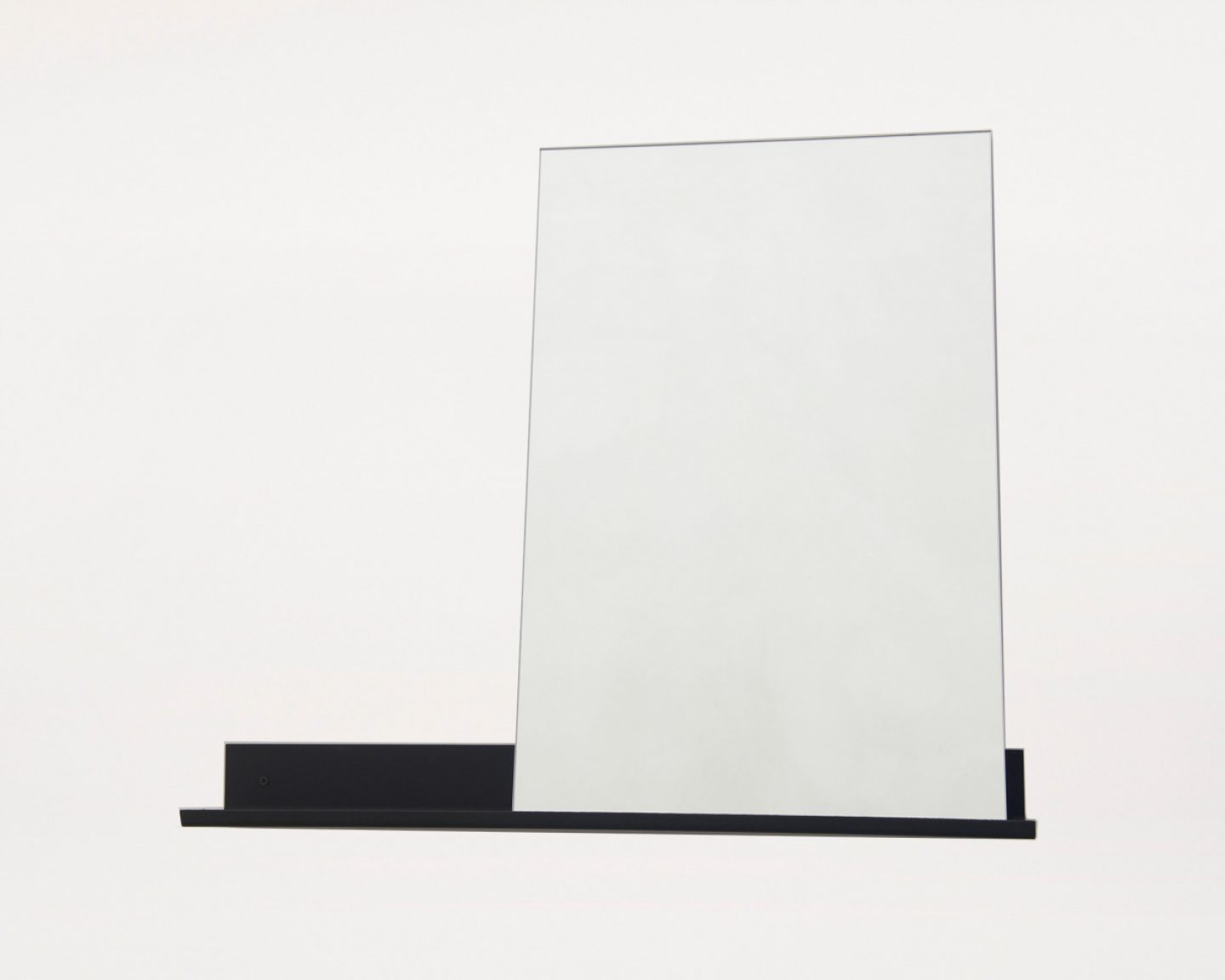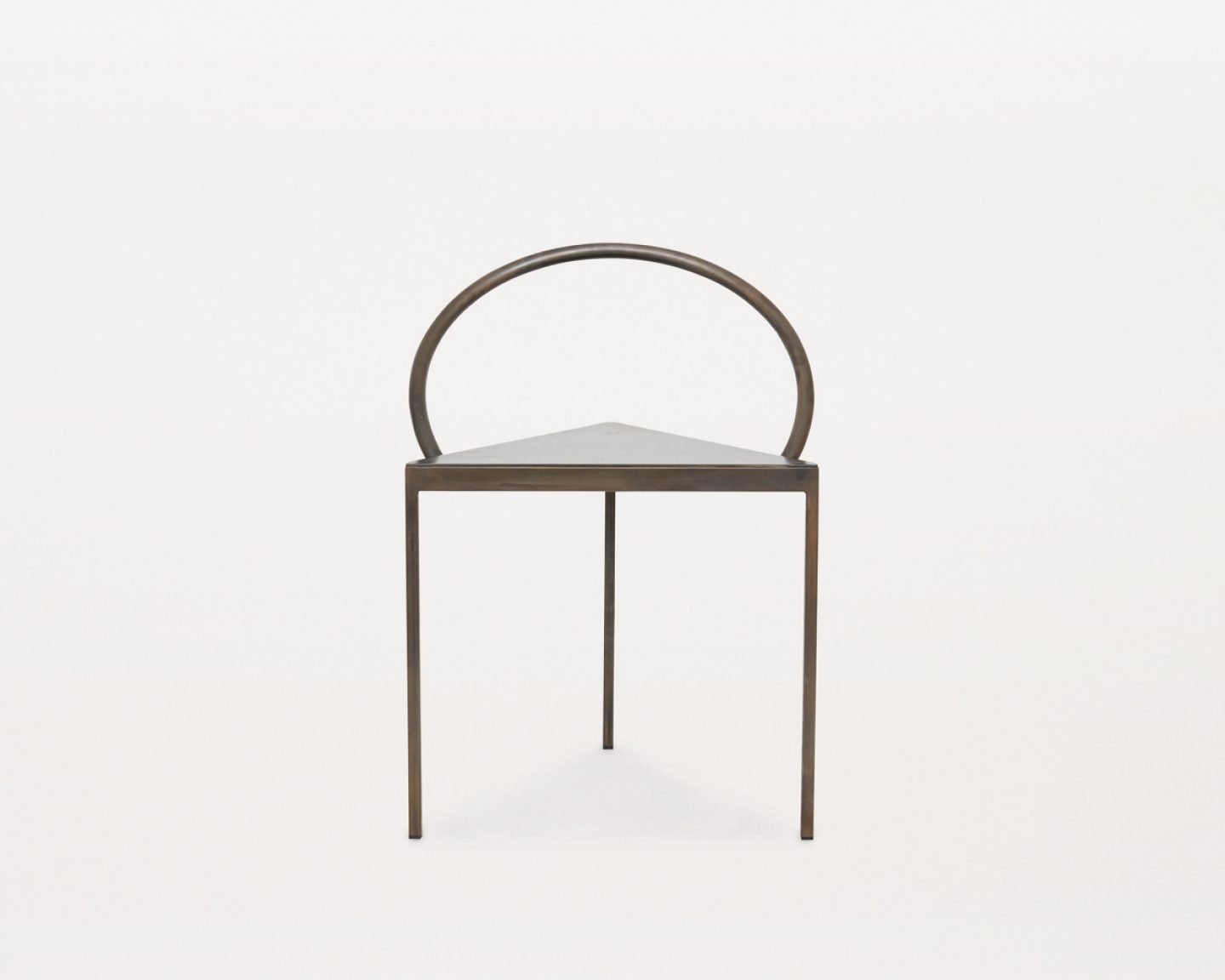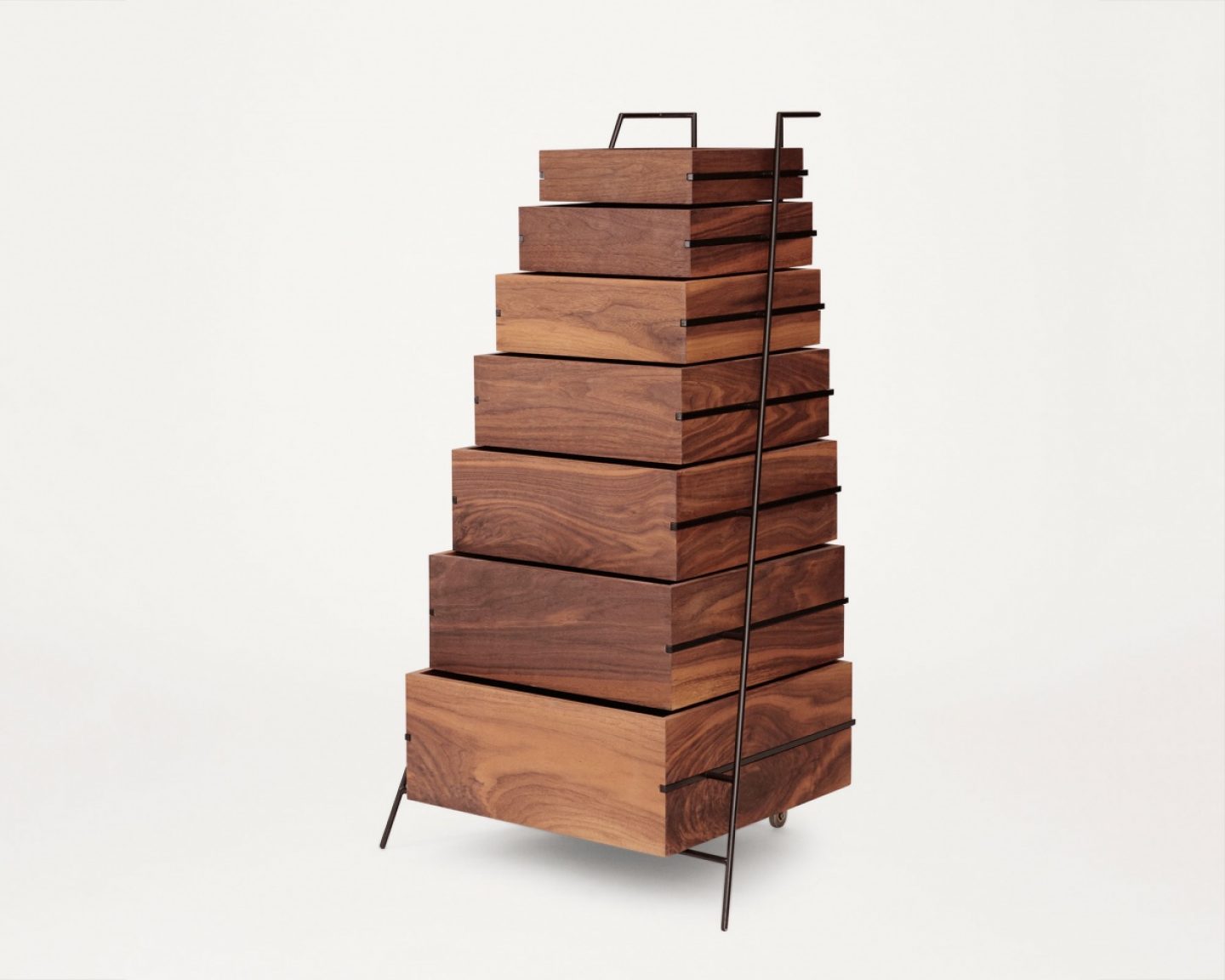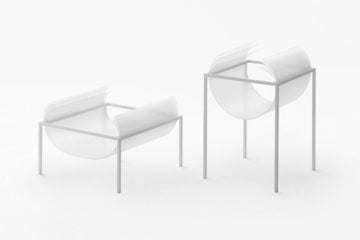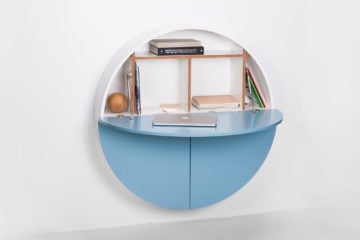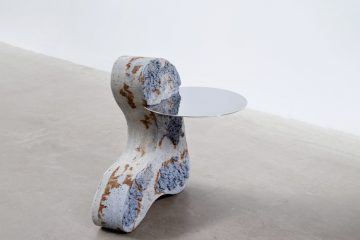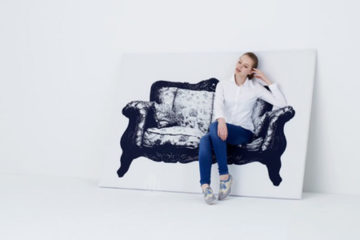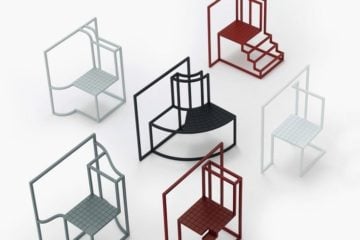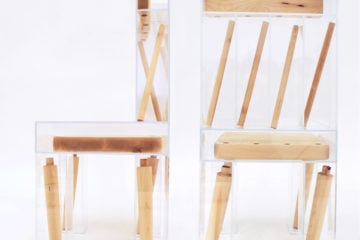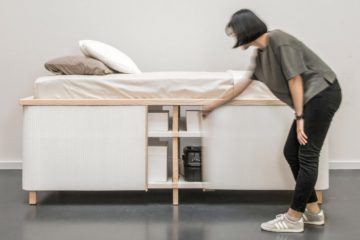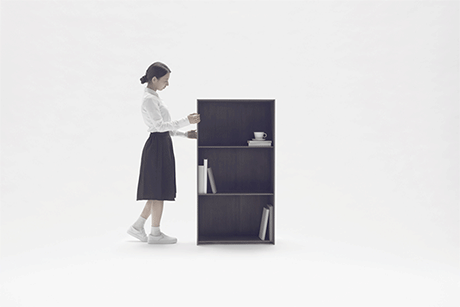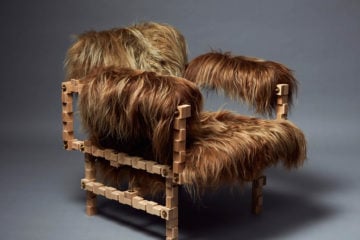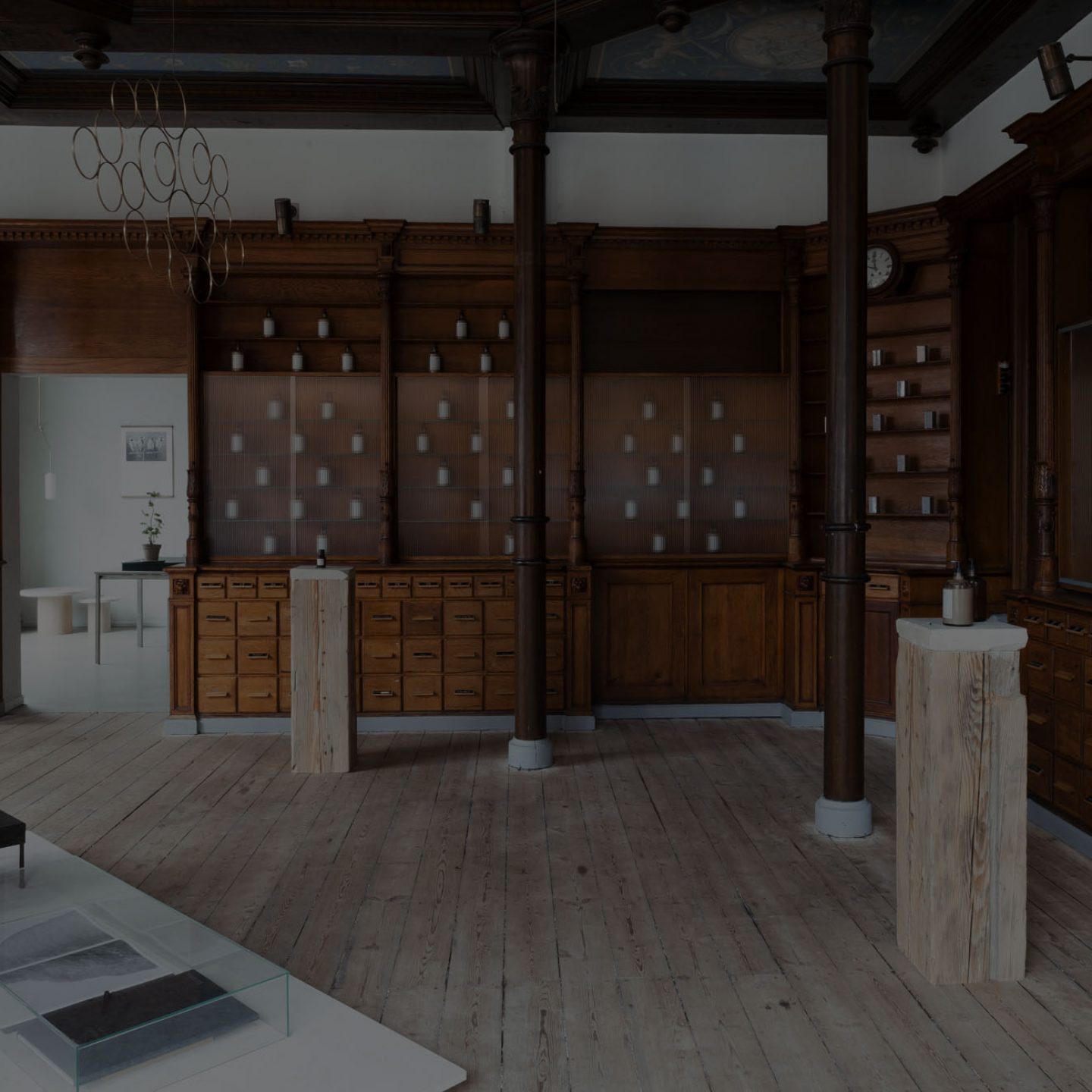
Frama Showroom · Copenhagen, Denmark
- Name
- Frama
- Images
- Jessica Jungbauer
- Words
- Rosie Flanagan
Working to a distinctly Danish model, Frama’s tenets of production are simplicity, timelessness and a return to basics. Through a dialogue with the past — but not an overindulgent one — the Copenhagen-based, multidisciplinary studio is creating elegant pieces designed to last a lifetime.
Frama juggles many facets of design, working across furniture, lighting, books, apparel, kitchens, and scents. These seemingly disparate threads are drawn together by their common focus on natural materials, simple geometry and the quest for permanence. The Frama headquarters are appropriately housed in an Apotek from the late 1800s — located in Copenhagen’s historic neighborhood of Nyboder — the original dark wood interior and delicate antique shelving contrast against the contemporary design works of Frama. Here, we spoke to Niels Strøyer Christophersen, one of the founding partners of Frama, about the evolution and ethos of the studio. “We care for a straightforward simplified approach to the creative work we do,” Niels explains. “We believe that collaborations and people will take us in new interesting directions towards the unknown where we feel most inspired and alive.”
"We believe that collaborations and people will take us in new interesting directions towards the unknown where we feel most inspired and alive."
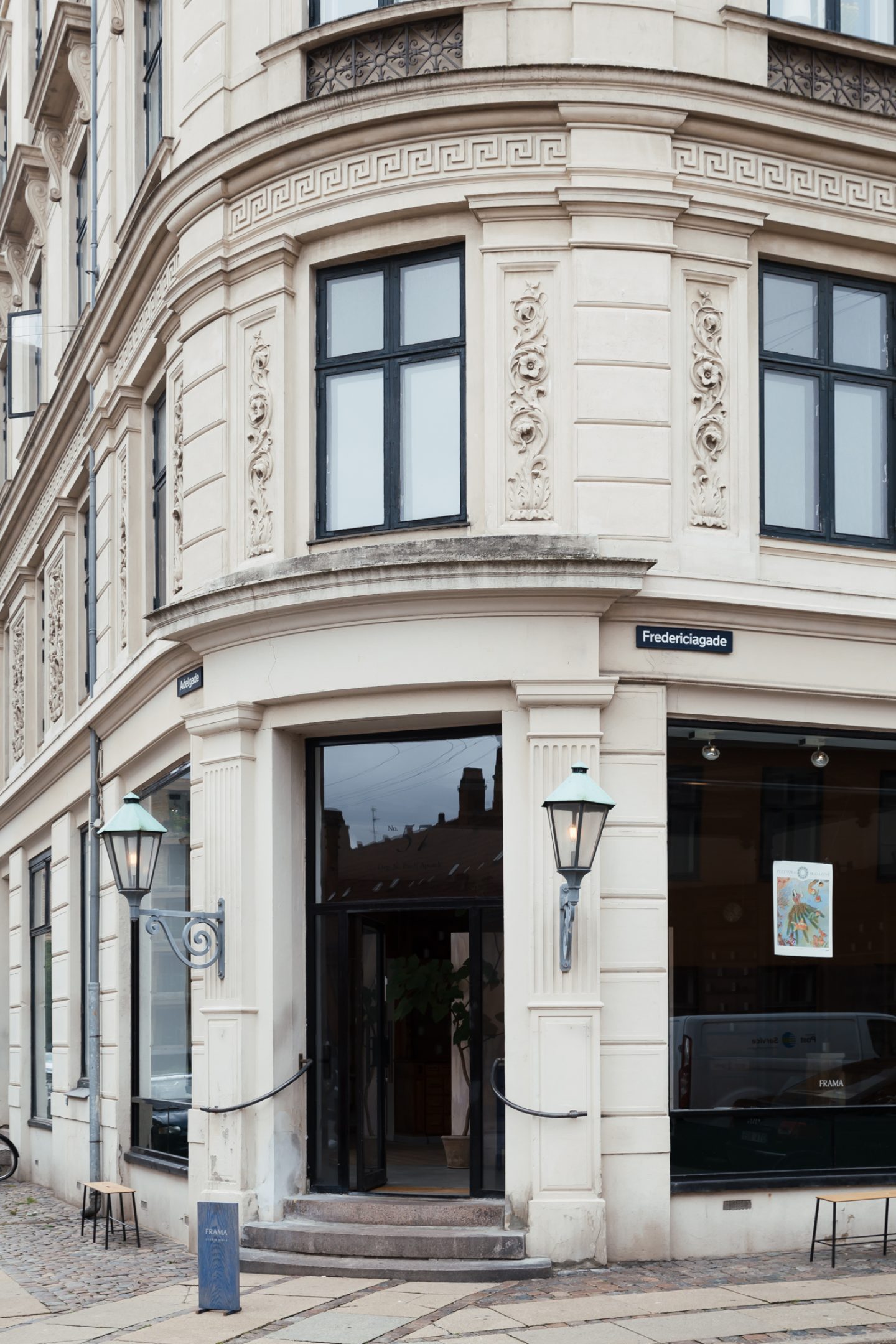
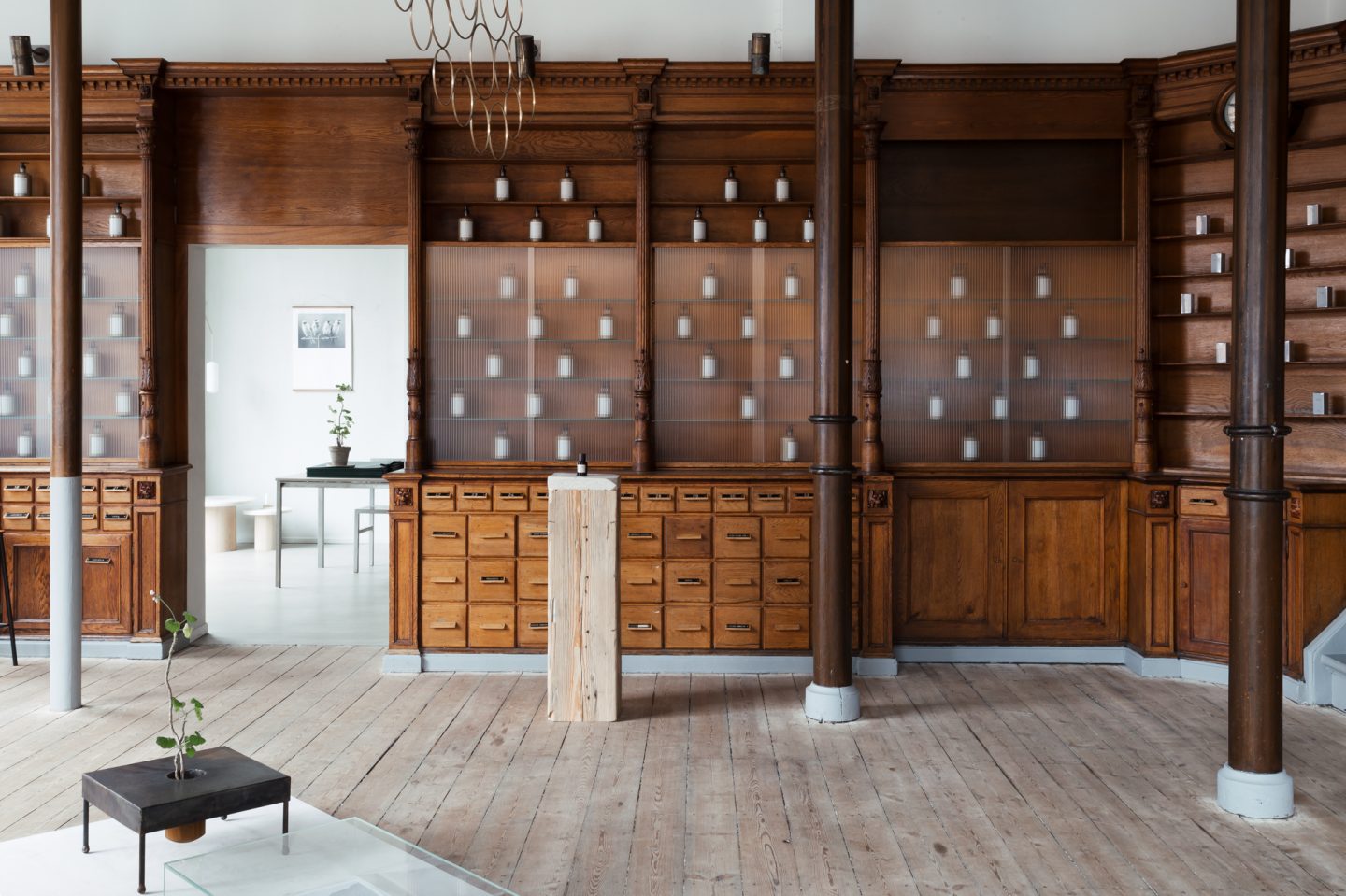
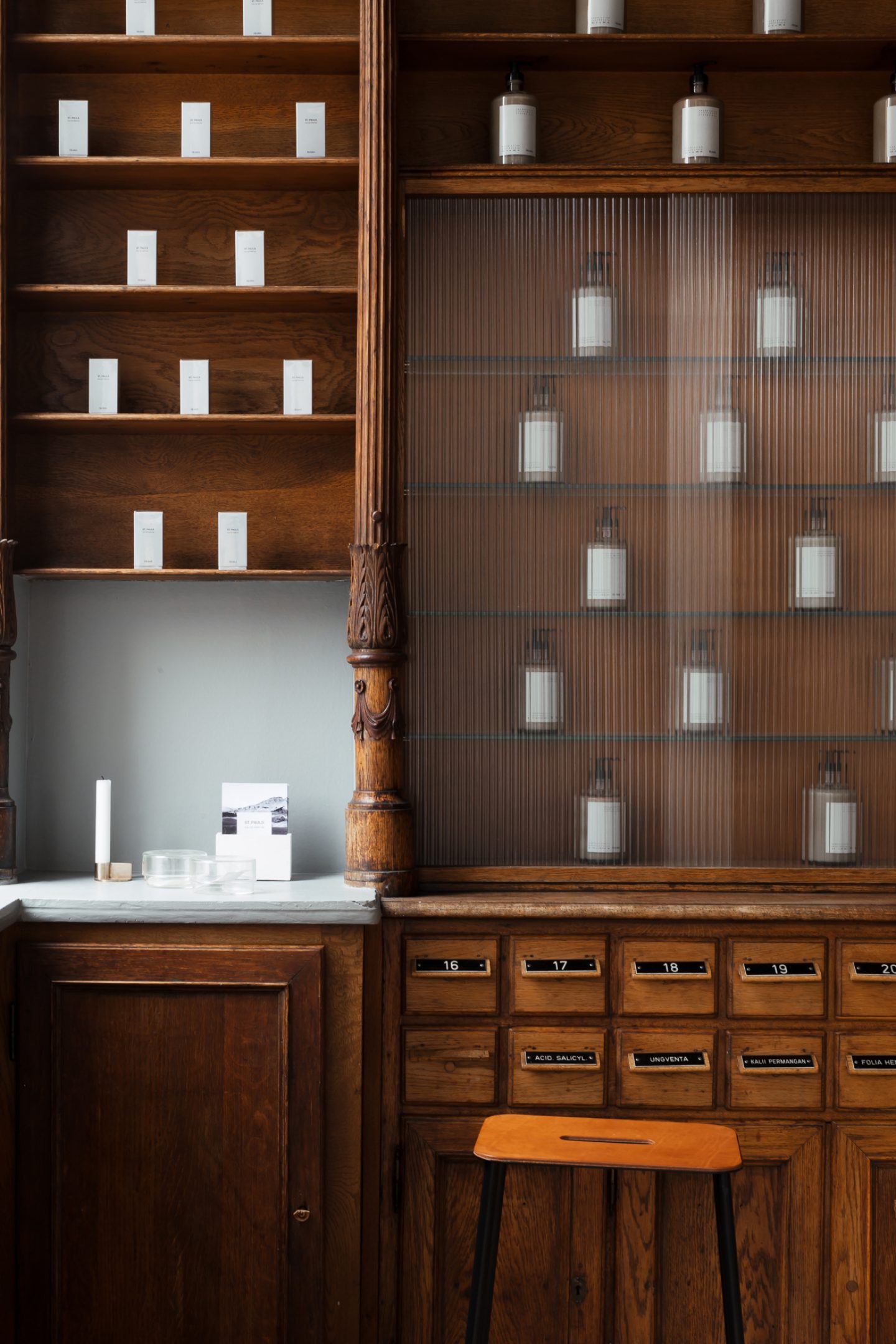
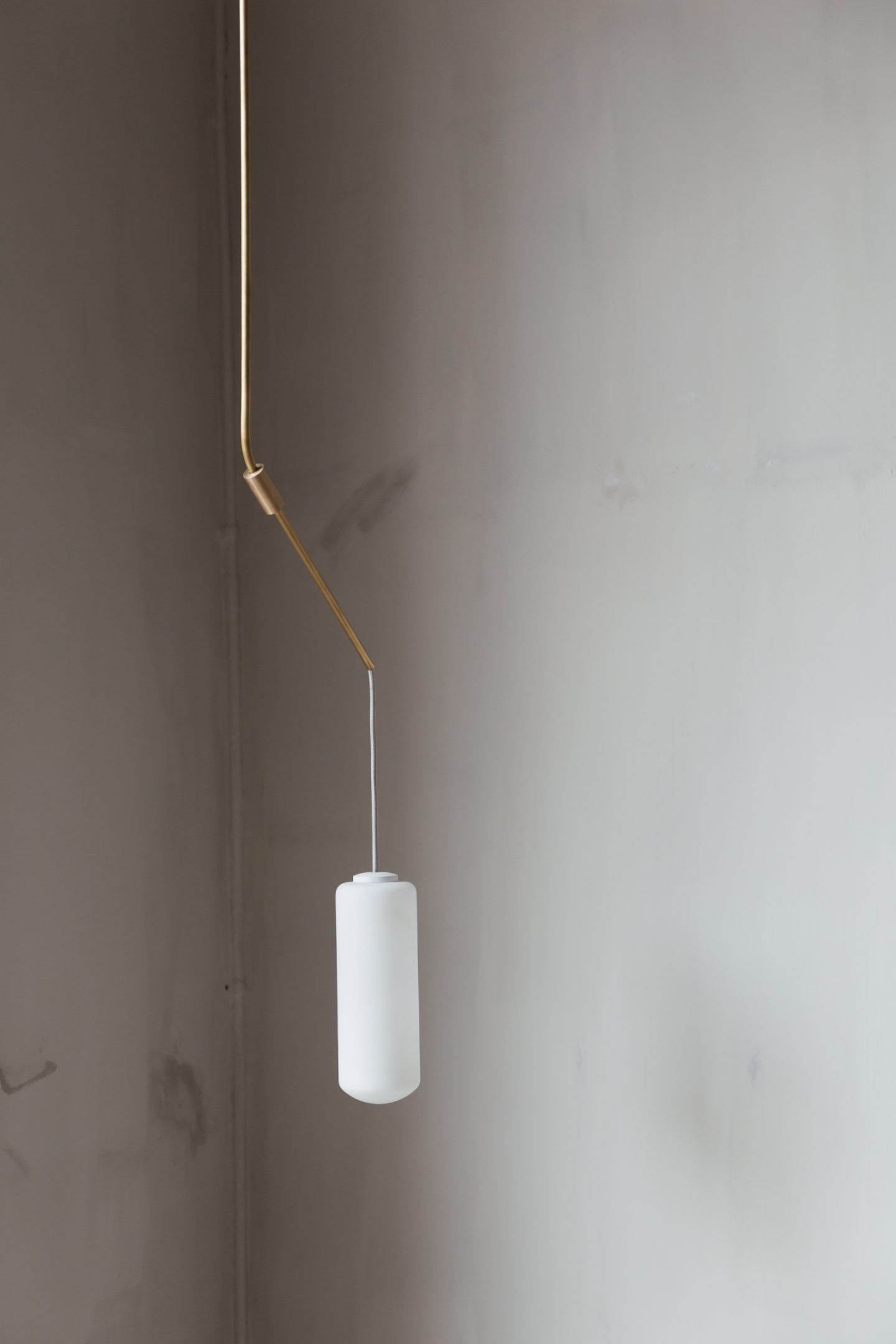
Images © Jessica Jungbauer for iGNANT Production
Essentialism is a key tenet of your design practice. What does it mean to return to the basics in contemporary society? What are the essential building blocks of living well for you?
Located in Copenhagen, Denmark, Frama is born out of a rather democratic society with a high level of quality time spent with friends, families and on various hobbies. On the other hand, the company was founded during the financial crisis and the entire mantra and ethos around it can be compared with that of many Italian companies founded just after the Second World War. Our designs, like theirs were, are very straightforward, simple, elementary, essential, honest and casual — but also built to last by using strong solid and natural materials. Many of these designs and ways of creating solutions were continuations of the Bauhaus movement. We believe that design should express and offer solutions, but still be worth living with for ages, and should gain more character over the years. We seem to complicate the world way too much, we add layers upon layers so things are not transparent and easy to understand. Frama is trying to simplify living.
Your HQ is situated in the former St. Pauls Apothek (founded in 1878) in the historic neighborhood of Nyboder. How does having this space, in this place, influence your identity as a studio?
It is in the mindset, values, and approach of the Frama DNA that we care for historical features in our everyday life — because at the end of the day it is these places and thoughts that made us who we are today. We care a lot for the space and its original ornamented woodwork. Many of these decorated details stand in sharp contrast to our contemporary pieces, but we believe there is a direct link and a mutual respect. In several of our pieces, you’ll find references and motivations from earlier design periods.
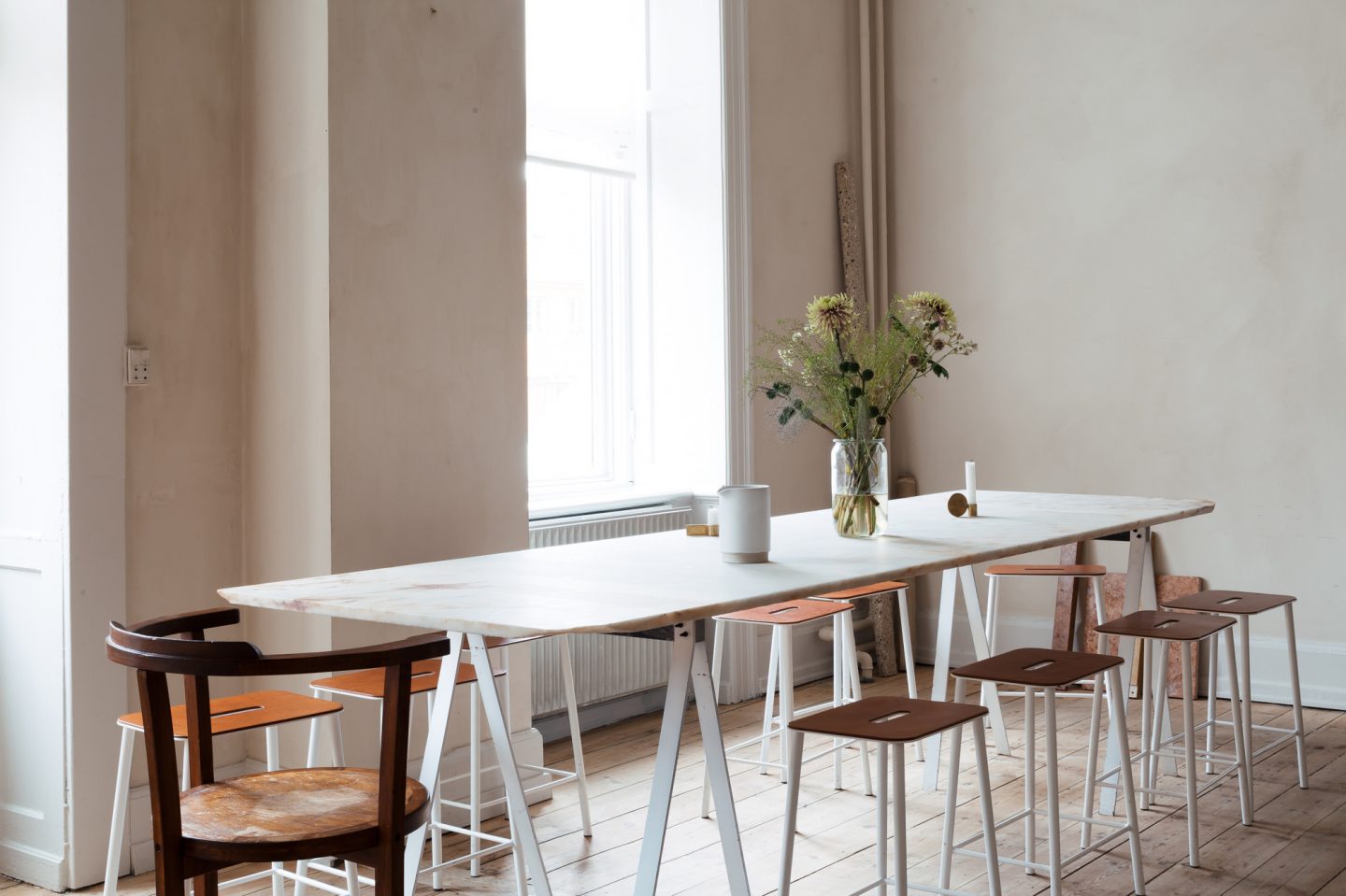
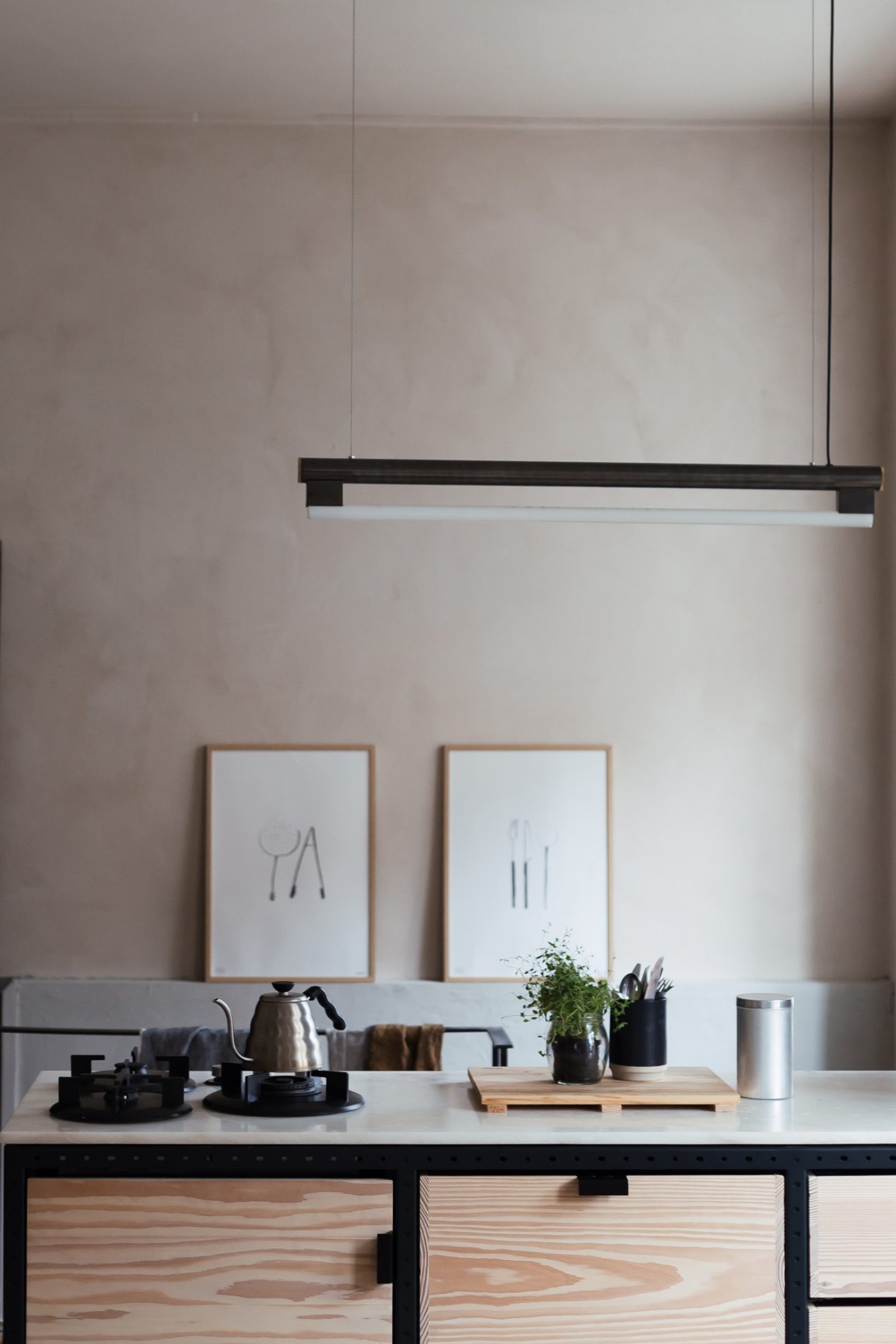
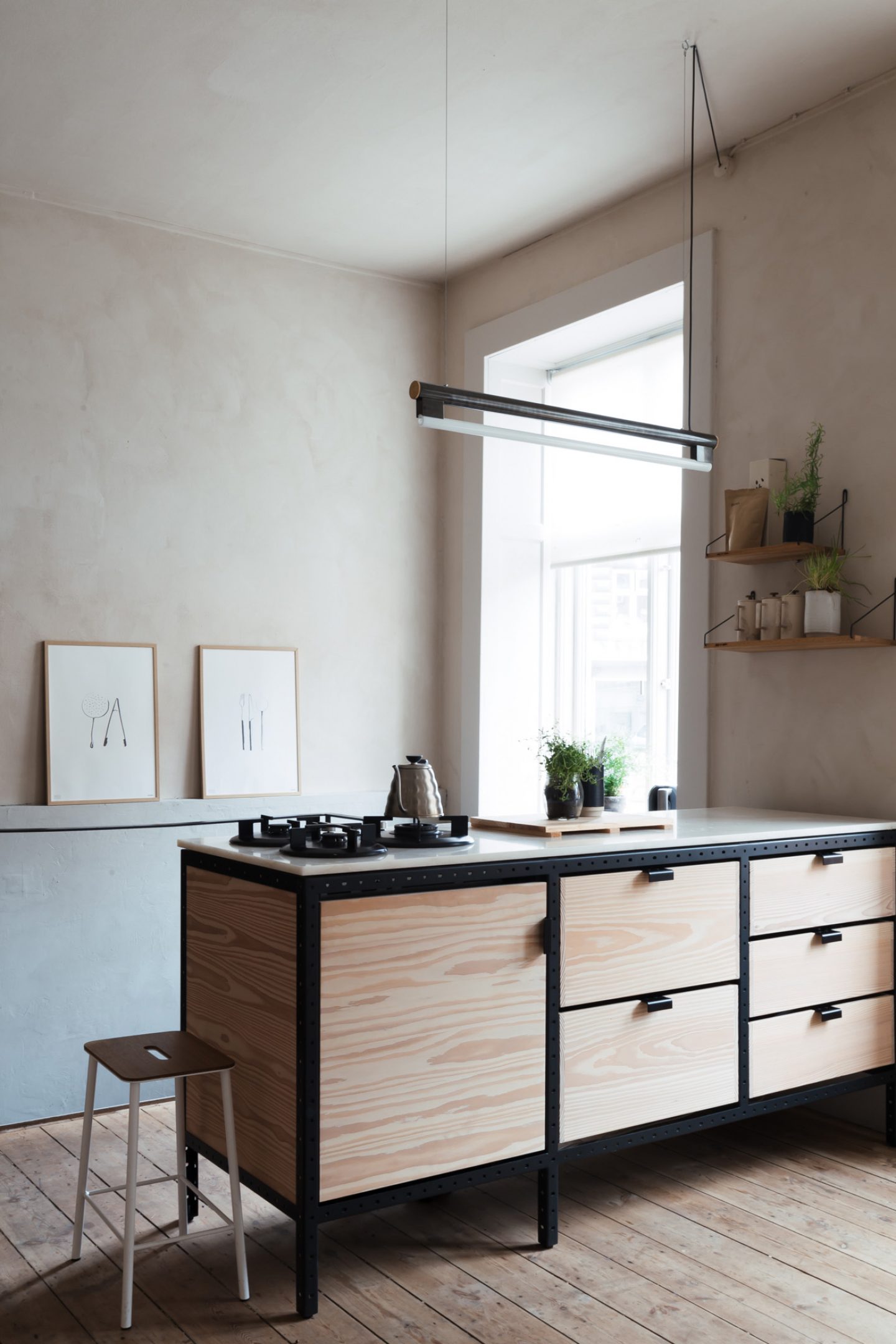
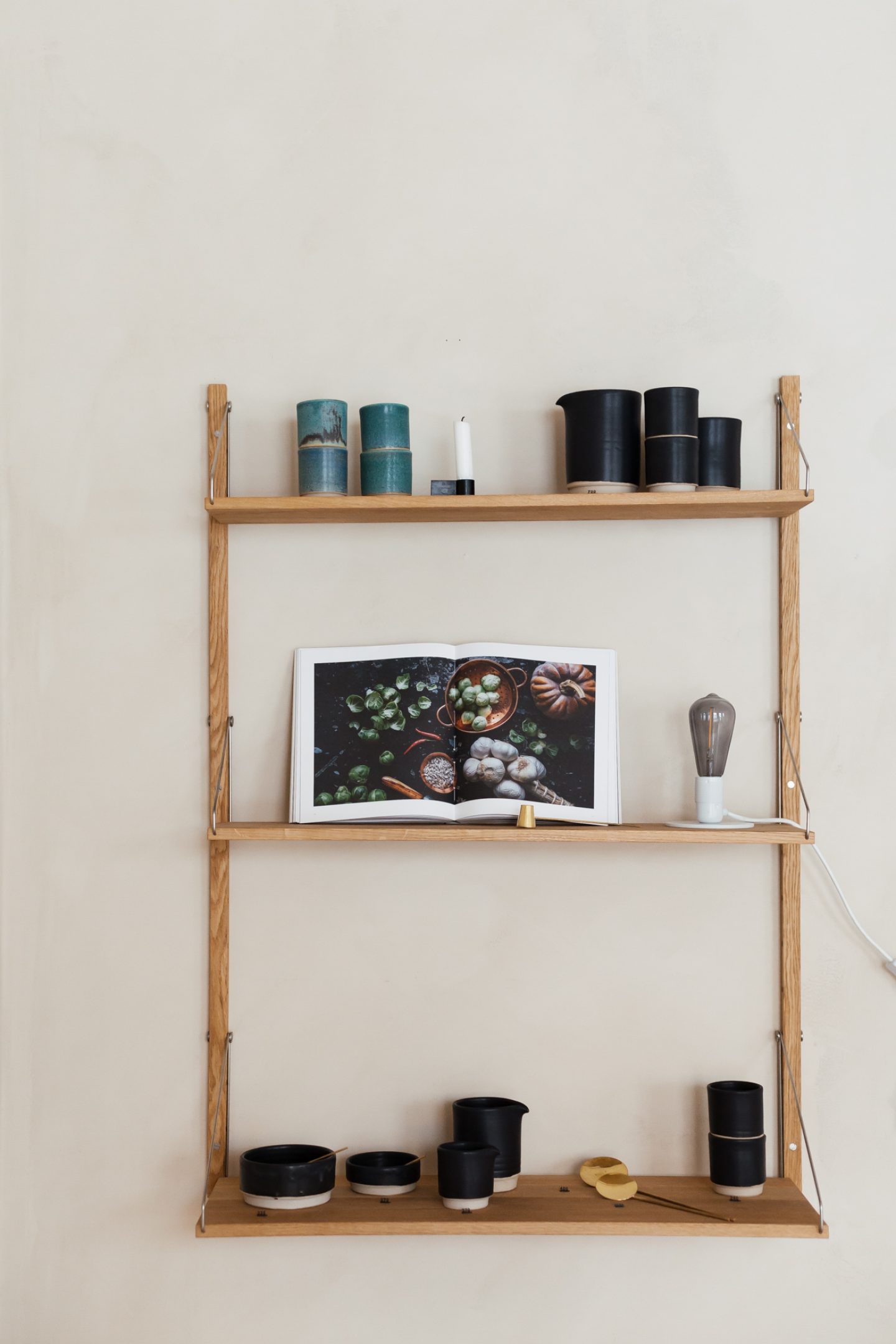
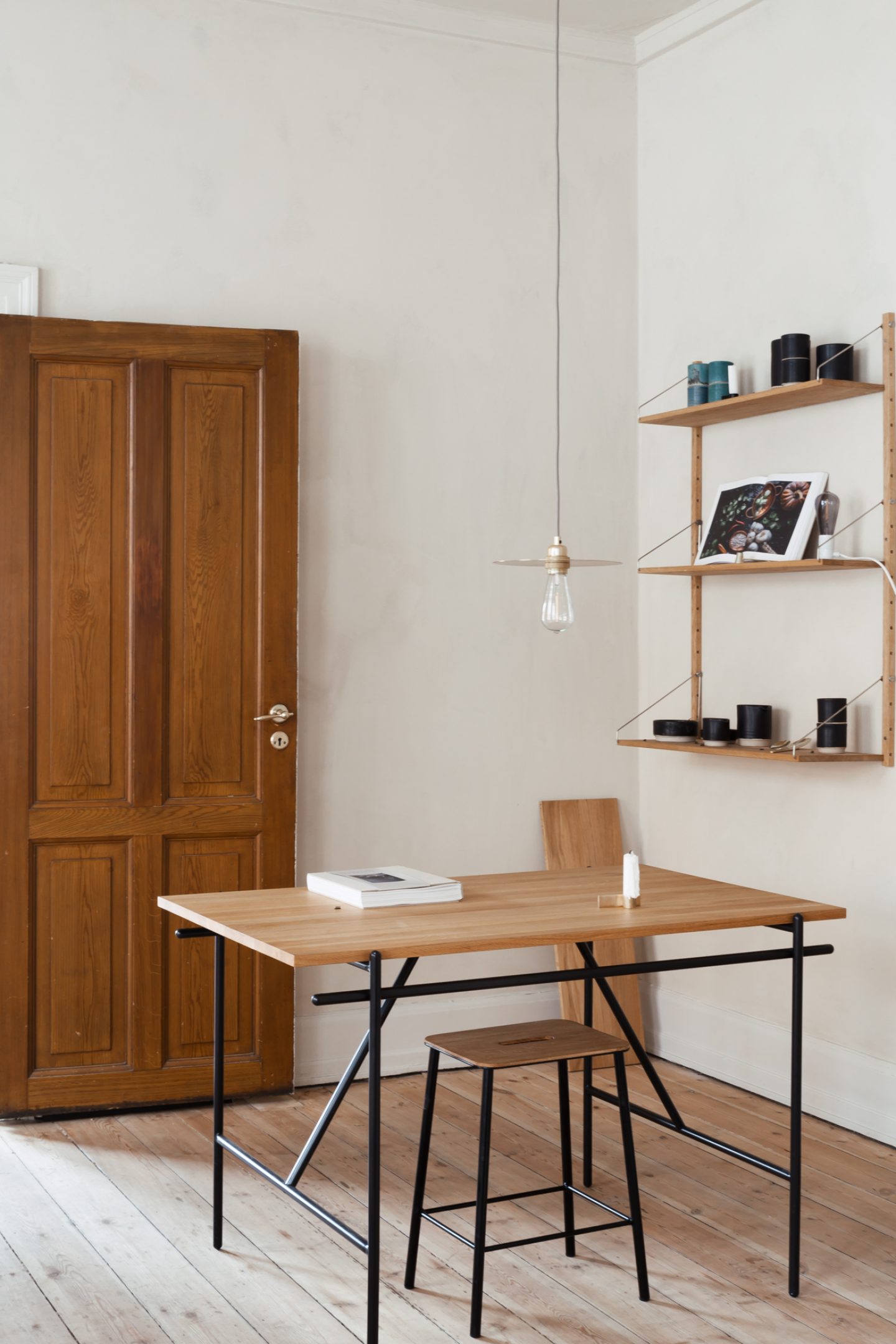
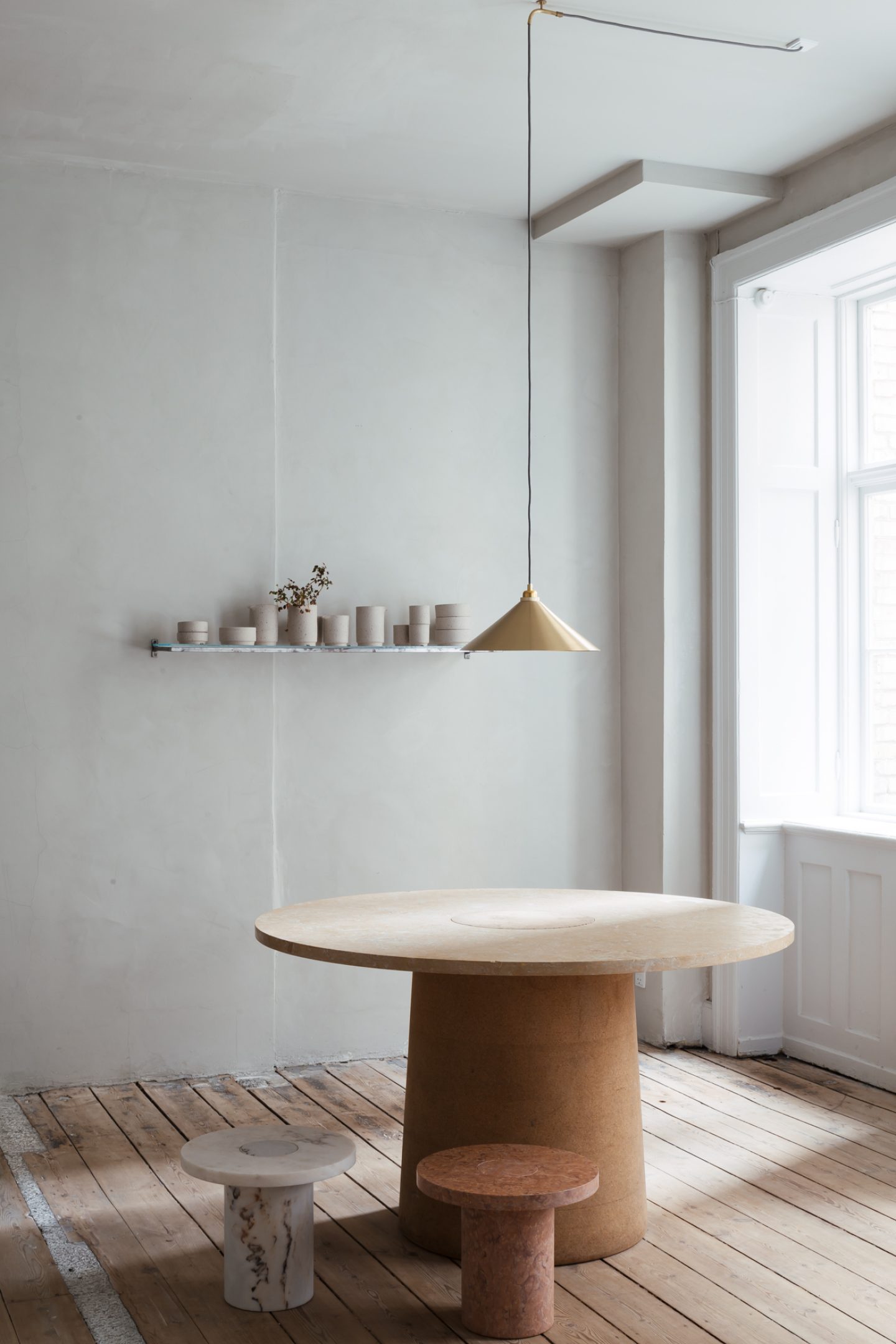
Images © Jessica Jungbauer for iGNANT Production
You also have studio store in Stockholm and Oslo — which is reopening in October. How does each store reflect the nature and needs of the Scandinavian city it’s located in, whilst embodying the distinct Frama ethos?
You could think that Oslo, Stockholm, and Copenhagen are very comparable cities, but actually, it becomes very clear when visiting that the cities and citizens are very original and different from one another. So each Frama space is therefore also very different — because we appreciate the national feel, city feel and neighborhood feel of where the individual space is located. Each store has in common a calmness and an honest atmosphere. The spaces also invite the guest to take part in a dialogue, so the best experience in our stores is if you interact and use your senses. It can be a quite different experience the first time because, we, as a consumer, are used to a retail market that is trying to “steal our money” with various “marketing” tools. We hope our stores offer space and time for people to feel present and free to interact with various materials and objects.
You recently launched 1917, the second scent in the Frama St. Pauls Collection. Can you walk us through the process of creating an Eau de Parfum? How do you see the relationship between the experience of furniture and design objects and that of personal scent?
Frama is a company on a journey that can be compared to life itself. We like to believe that we don’t know what is around the corner; because that’s where we feel excited, creative and alive. Frama started out with a rather broad collection of furniture, accessories and lighting objects in various different natural and solid materials; such as wood, stone, metal, glass, cork, stoneware. Later on, we introduced a kitchen and cabinet collection based on the same qualities and choice of materials. We maintained a very straightforward design approach. In 2013 we moved into the St. Pauls Apotek and it was the key motivation for the collection carrying the same name. As with many other projects, this one was established through a close collaboration with one of our friends. In this case, Lena Norling who is a passionate scent developer. The St. Pauls Eau de Parfum was the first piece in the line and symbolizes the dedication both Lena and Frama put into the project. It’s a 100% natural parfum and is developed from scratch by Frama with inspiration from both the former St. Pauls Apotek and the rich history and characteristics of the space, in a combination of the ethos and qualities that the Frama designs are created upon. Most parfums today are developed in larger laboratories and are mixed with various synthetics in order to control the entire process and to be able to replicate the scent over and over. This kind of production is, of course, more affordable, but also more damaging to your skin and health. Our parfums are developed using 100% natural oils, which create the directions of the final scents. This is a rather old-school technique where you have to trust your intuitions and senses more — you have to be more patient because the natural oils take longer to develop, and are in general, harder to control. Therefore, our parfums can appear slightly different from production to production (similar to the way each piece of natural wood is different from another) and also the parfums interact more with each person’s skin and general character. We find this very important. Shortly after we added the handwash and hand lotion that share scents with the St. Pauls Eau de Parfum; woody notes like sandalwood and cedar. 1917 has just launched, and is our second scent in the line; it takes a much warmer, spiced direction. An interpretation of the classical Chypre from 1917, wooden notes of moss and grass from Cypriot flora creates a deep, mysterious character to the scent. This contemporary interpretation has been blended with layers of rose, lilac and seaweed to form a green, vibrant expression. It was created in collaboration with Kunsthal Aarhus, which was coincidentally established in the same year.
The Eau de Parfum is an interpretation of the classical Chypre from 1917 and was created in collaboration with Kunsthal Aarhus. More information here.
Your book, Dialogues by Frama and Our Food Stories, which was launched recently in Berlin together with the eponymous creative duo. What sparked the idea behind this book, and the most inspiring thing you learned in the process of its creation?
Releasing Dialogues, our first book project, was a big initiative and it involved several talented people. Making a book is very different to making a product catalog, the book has to reach a market as an attractive product, and not a sales tool. The main chapter is a collaboration with the German-based Our Foods Stores owners Laura and Nora. That particular collaboration began because they found their way to our Aj Otto Stoneware Collection and wanted to use it for styling and generally in their kitchen studio. I thought it was interesting that the incredible work of theirs has never been printed before, it has only been shared on digital platforms. We suggested doing a book together, without knowing the amount of work it would take. Even though we have a very different approach and structure to our creative fields, we share a mutual respect and trust in each other’s work. The most inspiring part was the hours spent with many different creative people and different energies culminating in the final book — a result which we find very much in balance, a peaceful pleasant piece of literature.
Dialogues by Frama & Our Food Stories – Hardcover, 320 Pages. More information here.
The Frama Artist Residence in Palazzo Monti is another of your initiatives, grounded in partnership with the Scaroni-Monti family. The first recipient is Leonardo Anker Vandal, whose exhibition, ‘Negative Capability’, explores beauty as perception. What lead to the founding of the residency, and how do you hope it will evolve in future?
We like to be a culture-orientated company rather than a product-based company. Frama Brescia is the first “off the grid” project, where we support artists in partnership with the Scaroni-Monti family at Palazzo Monti. The Palazzo is located in the Italian town of Brescia and was built in the 13th century. It’s a beautiful space, and the ambition is to give artists and creative talents the possibility to explore their ideas in an interesting setting. So we set up the artist residency — as a project it’s meaningful not only to the artists but also to us.
The evolution and breadth of your output are very inspiring. What’s next for Frama? In which direction do you plan on developing over the next couple of years?
We find ourselves and the company in a position where it’s more important than ever to stay true to our core values and not to follow the many temptations of easy and fast growth lead by various trends and fast productions for little money and with a very short lifetime. Besides pieces that follow the paths of our current collections, we will also pursue more intensely the spirit of the Frama culture and values within. We are currently working on new studio spaces in Mexico City, Seoul, Berlin and relocation of our space in New York. Through all this, we will create a stronger awareness and presence of the brand, the culture and the ethos we believe in.
A selection of our favorite Frama products
01 9.5° Chair · 02 Vinkel Bookshelf · 03 Sintra Marble Table · 04 Ventus Pendant
05 MS-1 Mirror Shelf · 06 Triangolo Chair · 07 Sutoa Storage Chest
ADDRESS
Frama Studio Store
Fredericiagade 57
1310 København, Denmark
OPENING HOURS
Mo closed
Tu 10:00–17:00
We 10:00–17:00
Th 10:00–17:00
Fr 10:00–17:00
Sa 10:00–15:00
Su closed
CONTACT
Website
